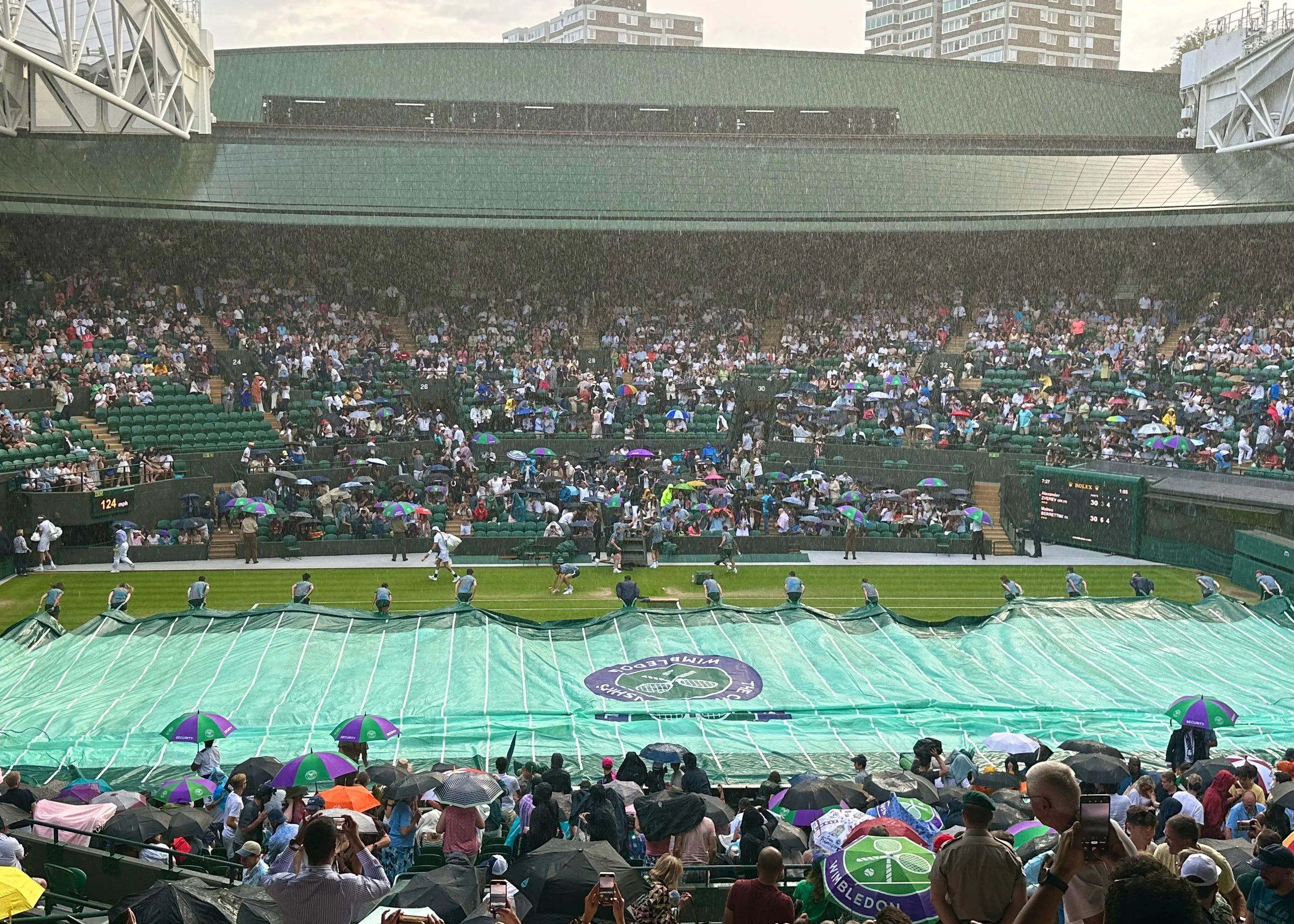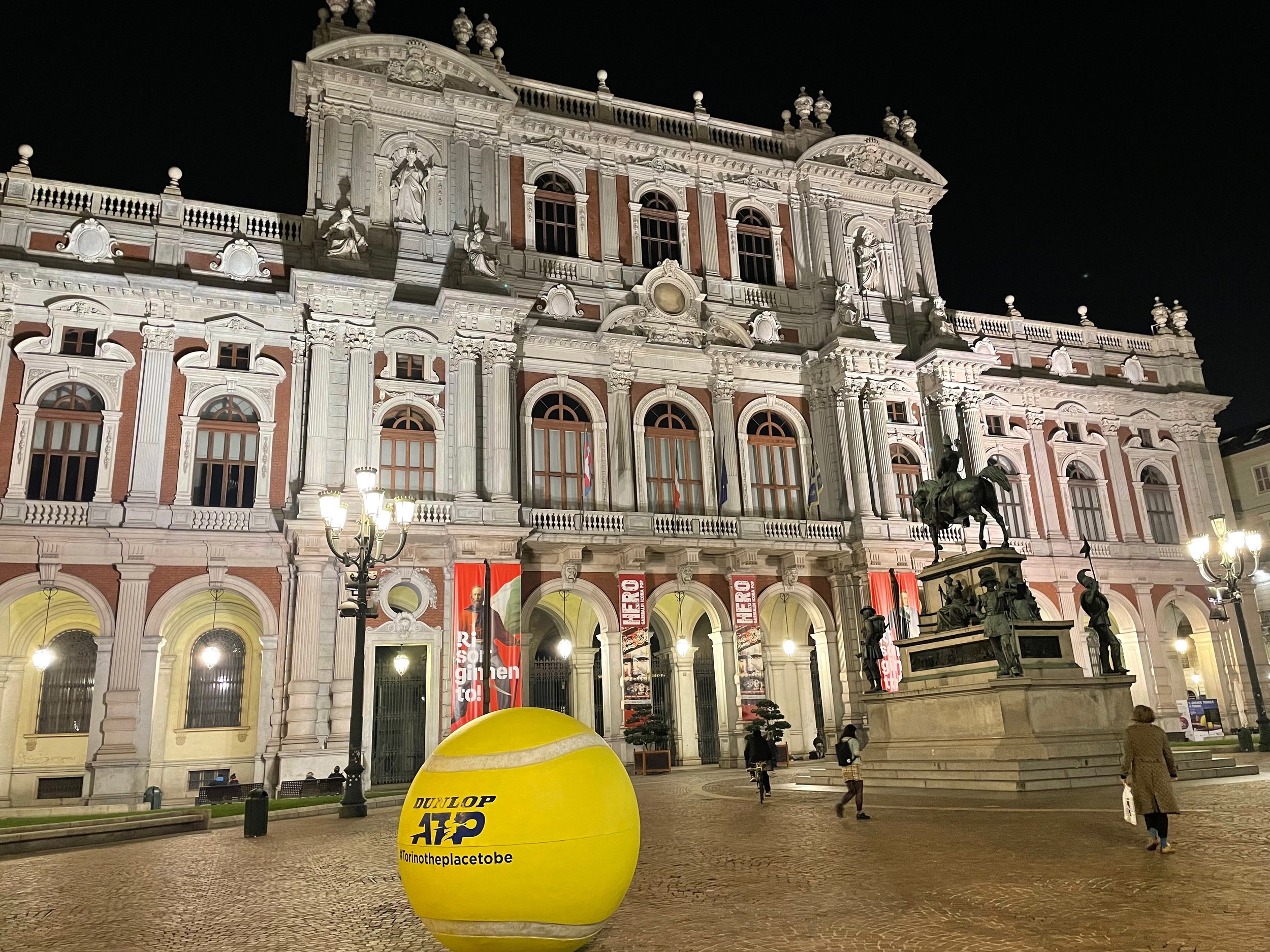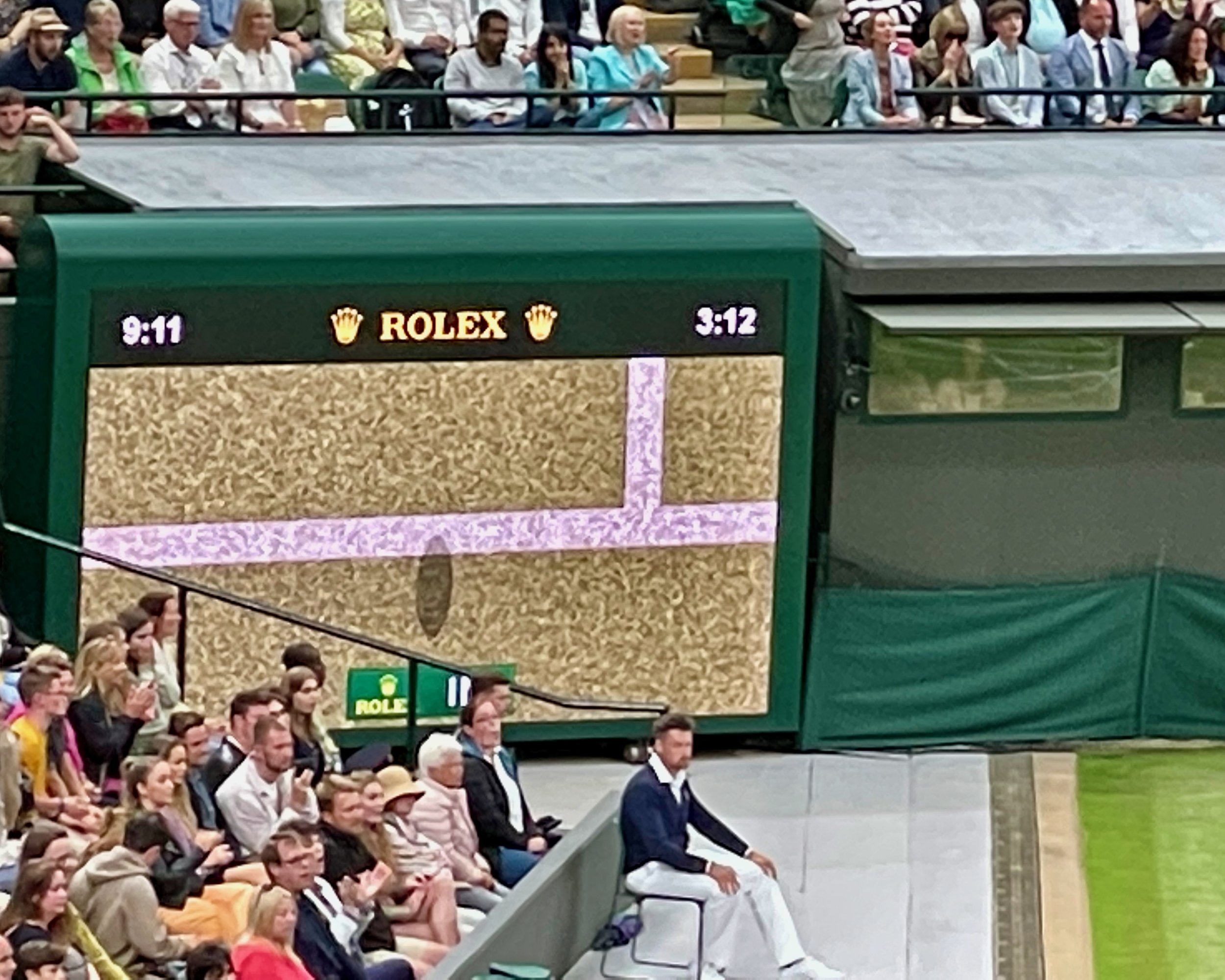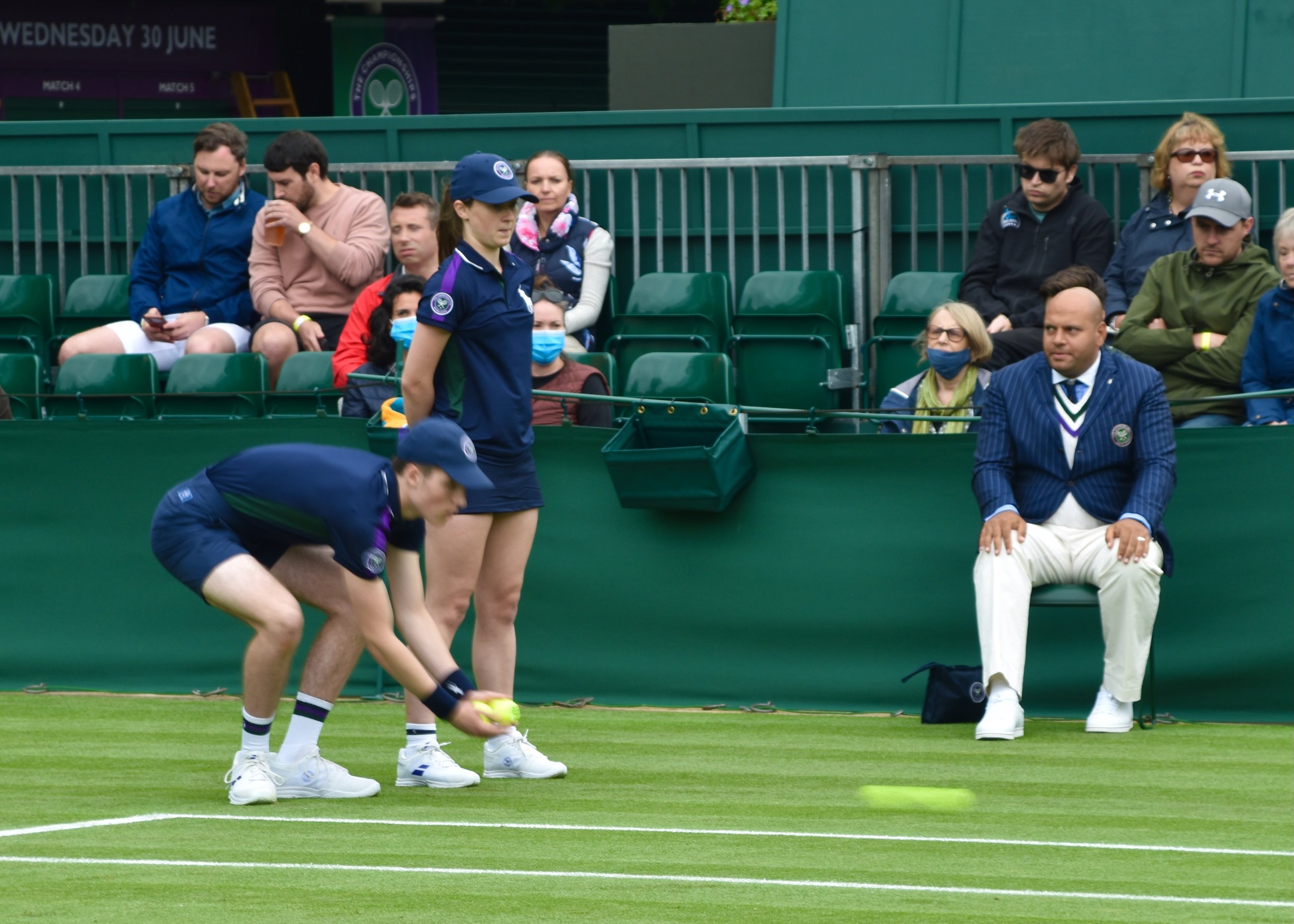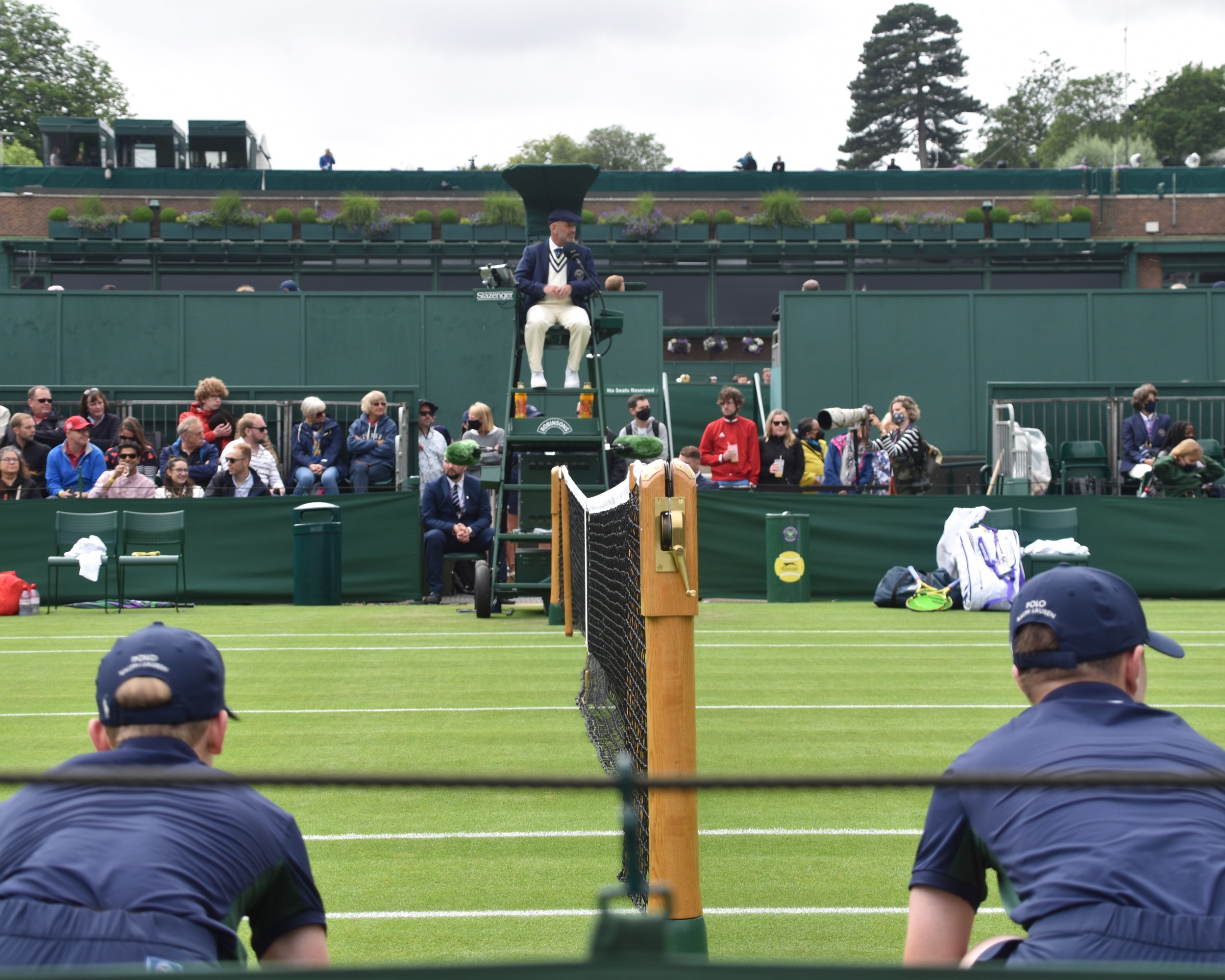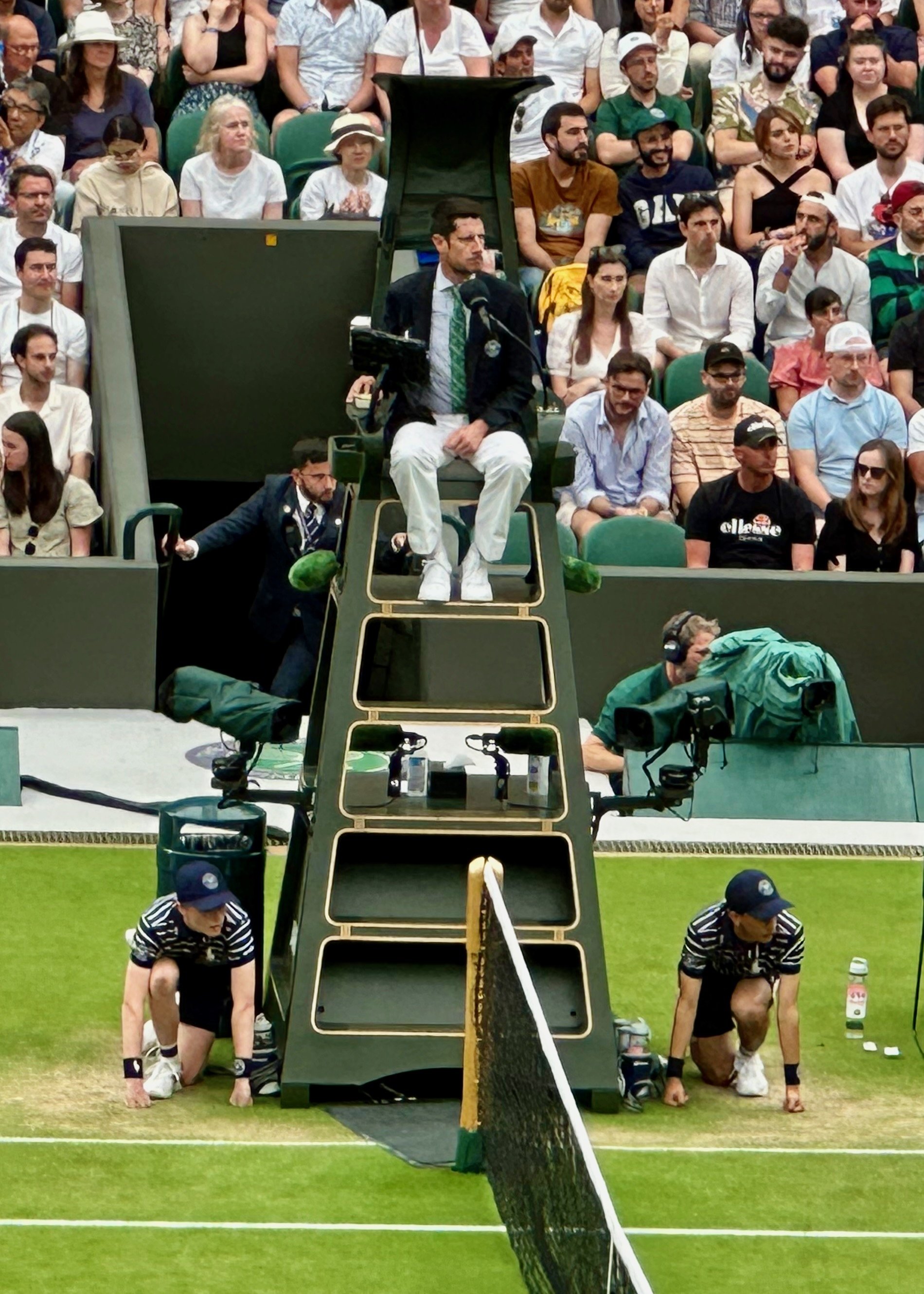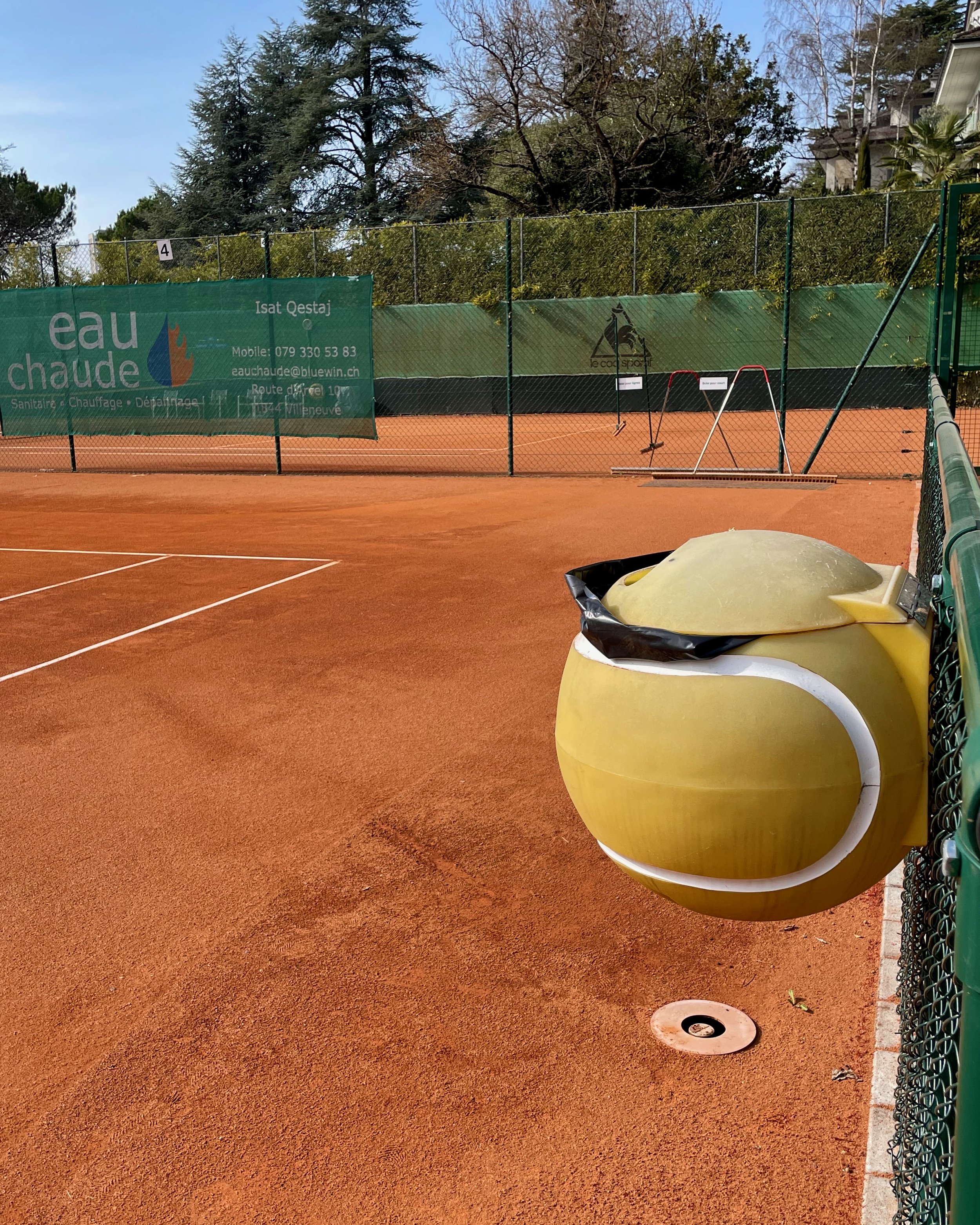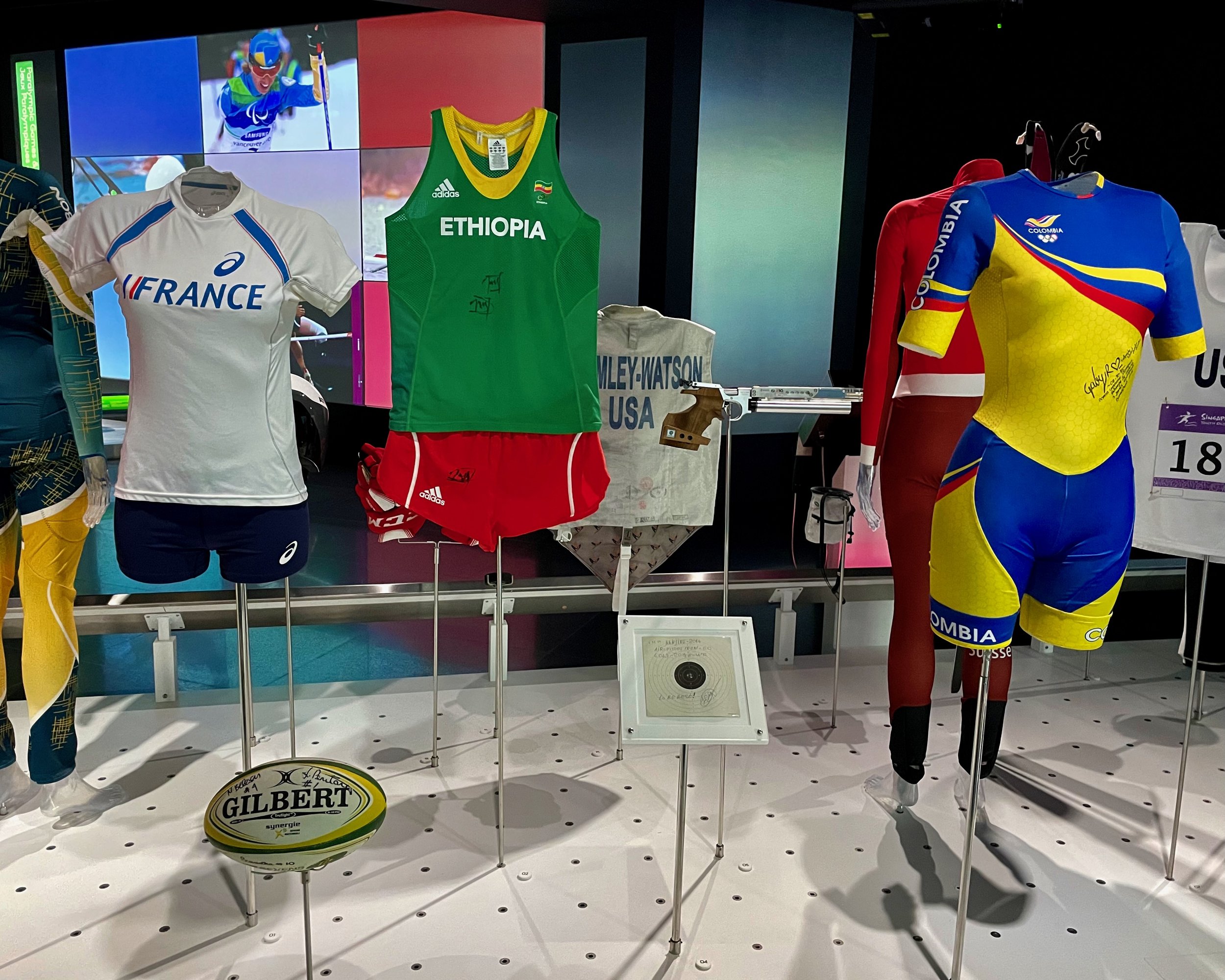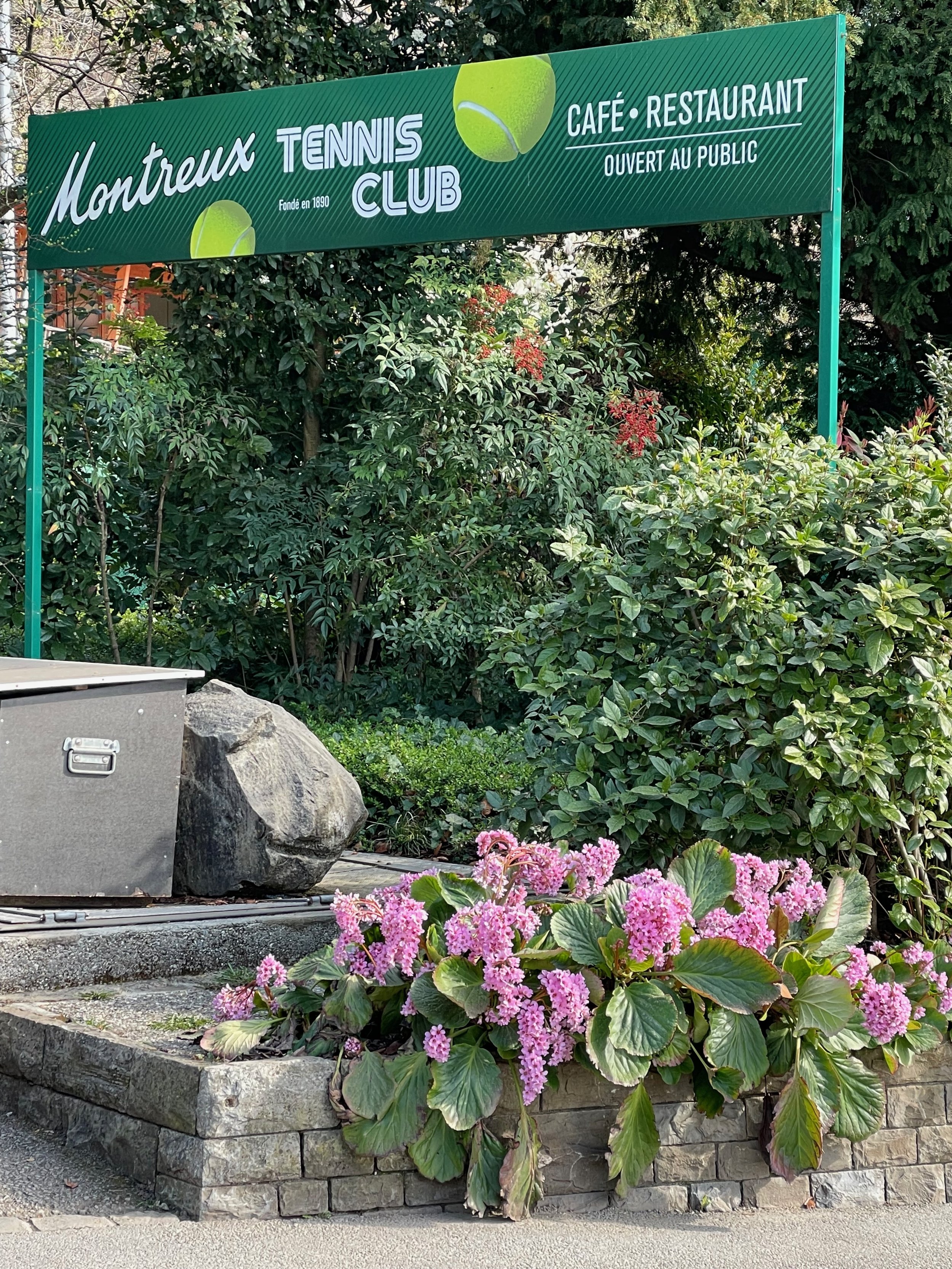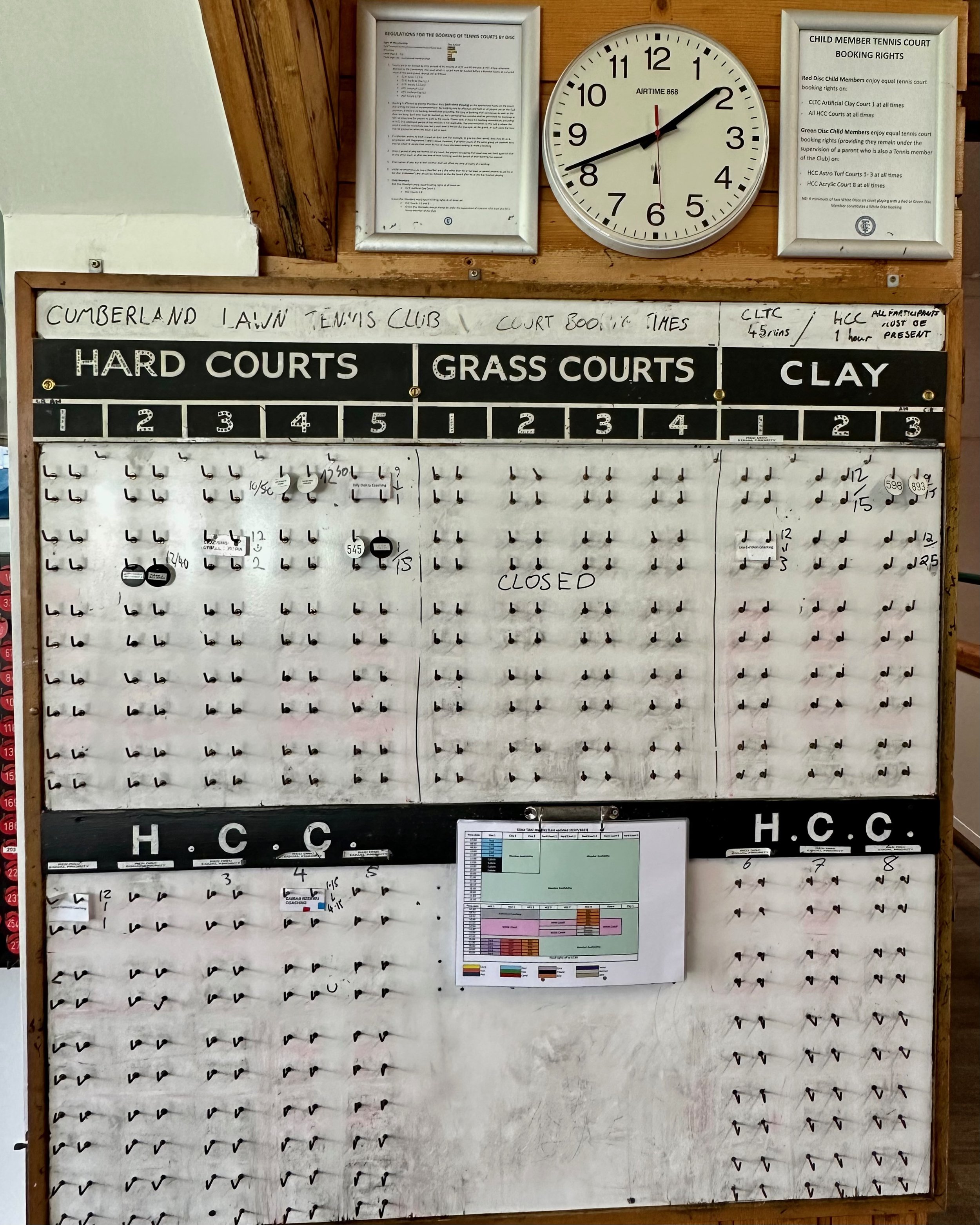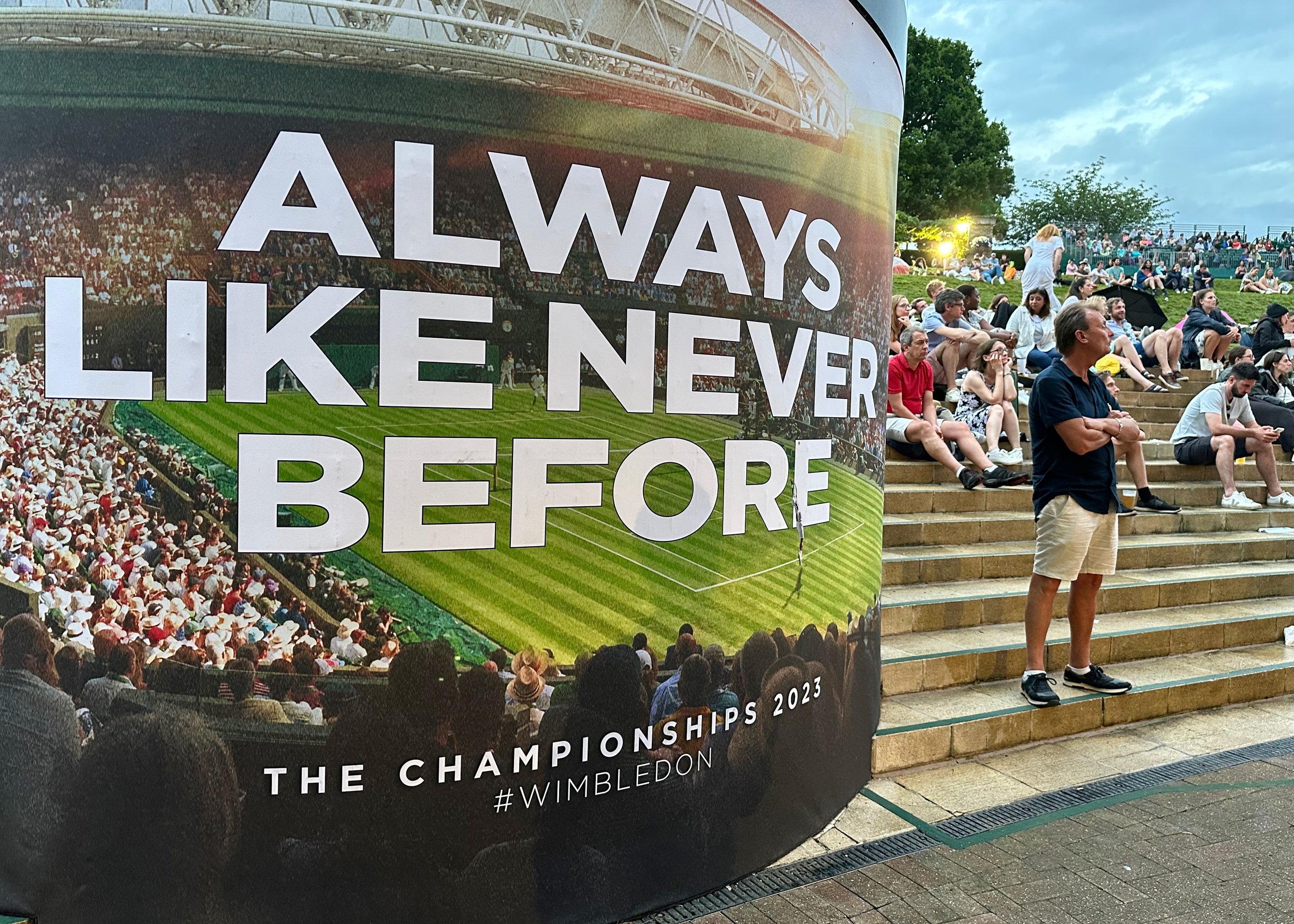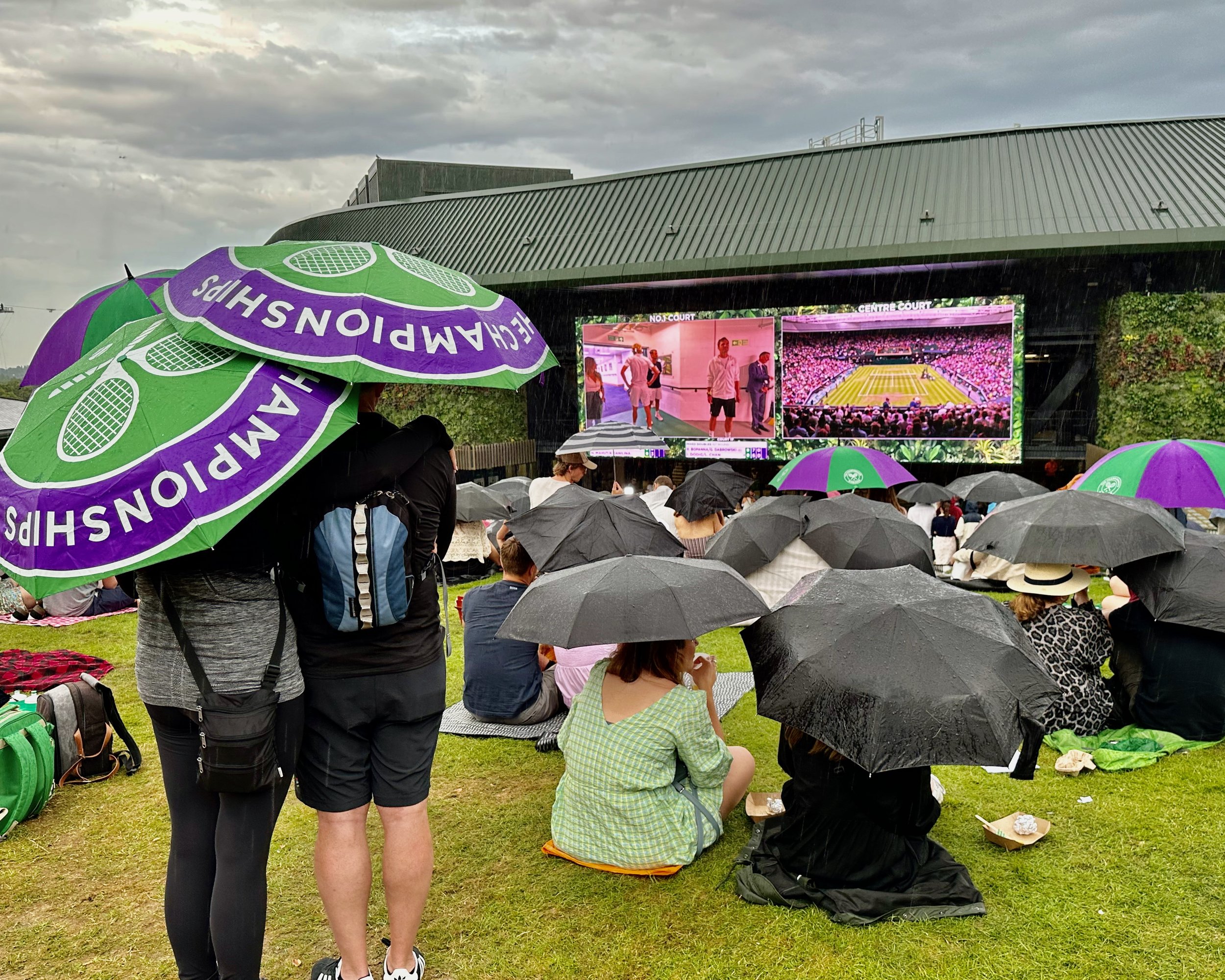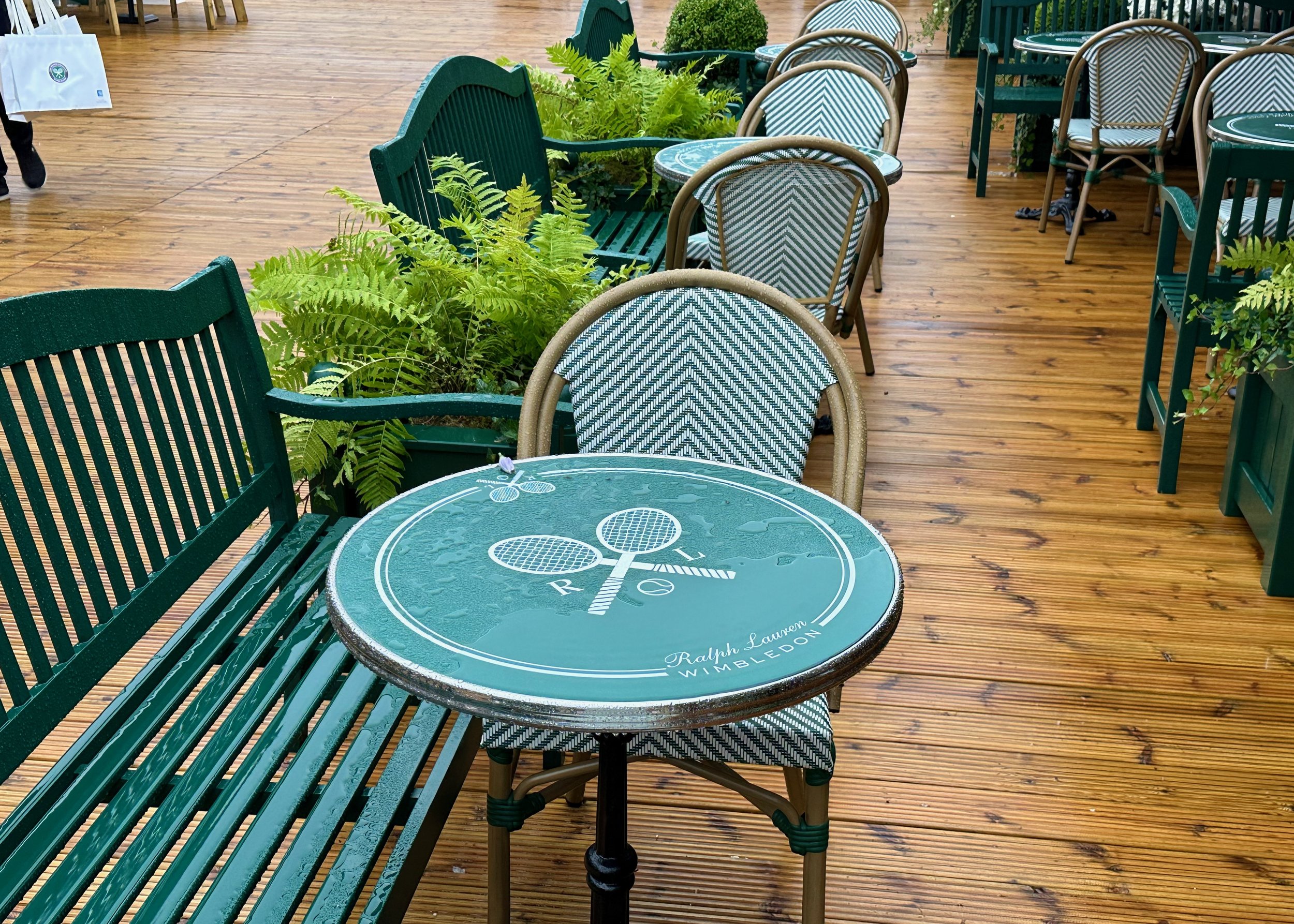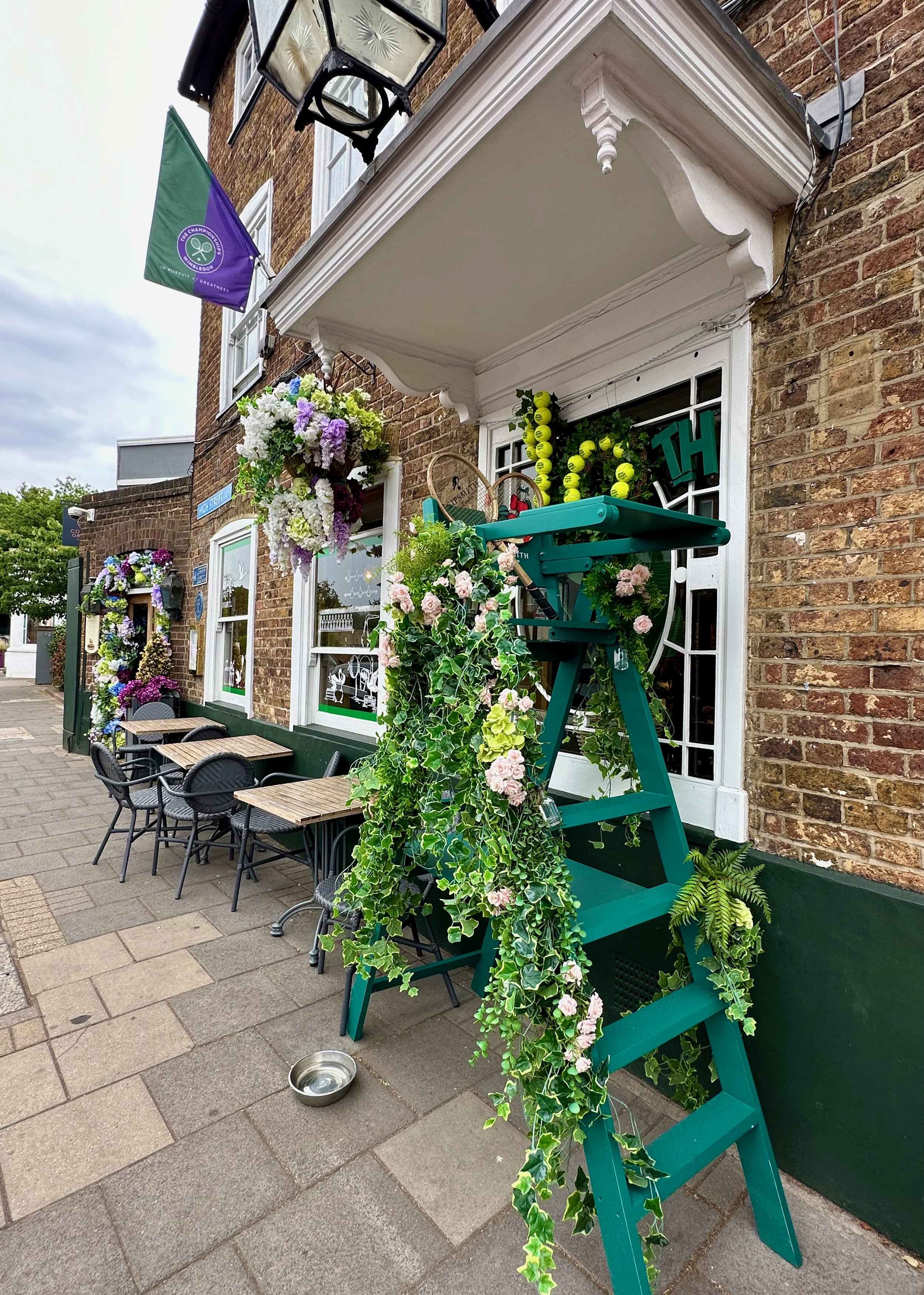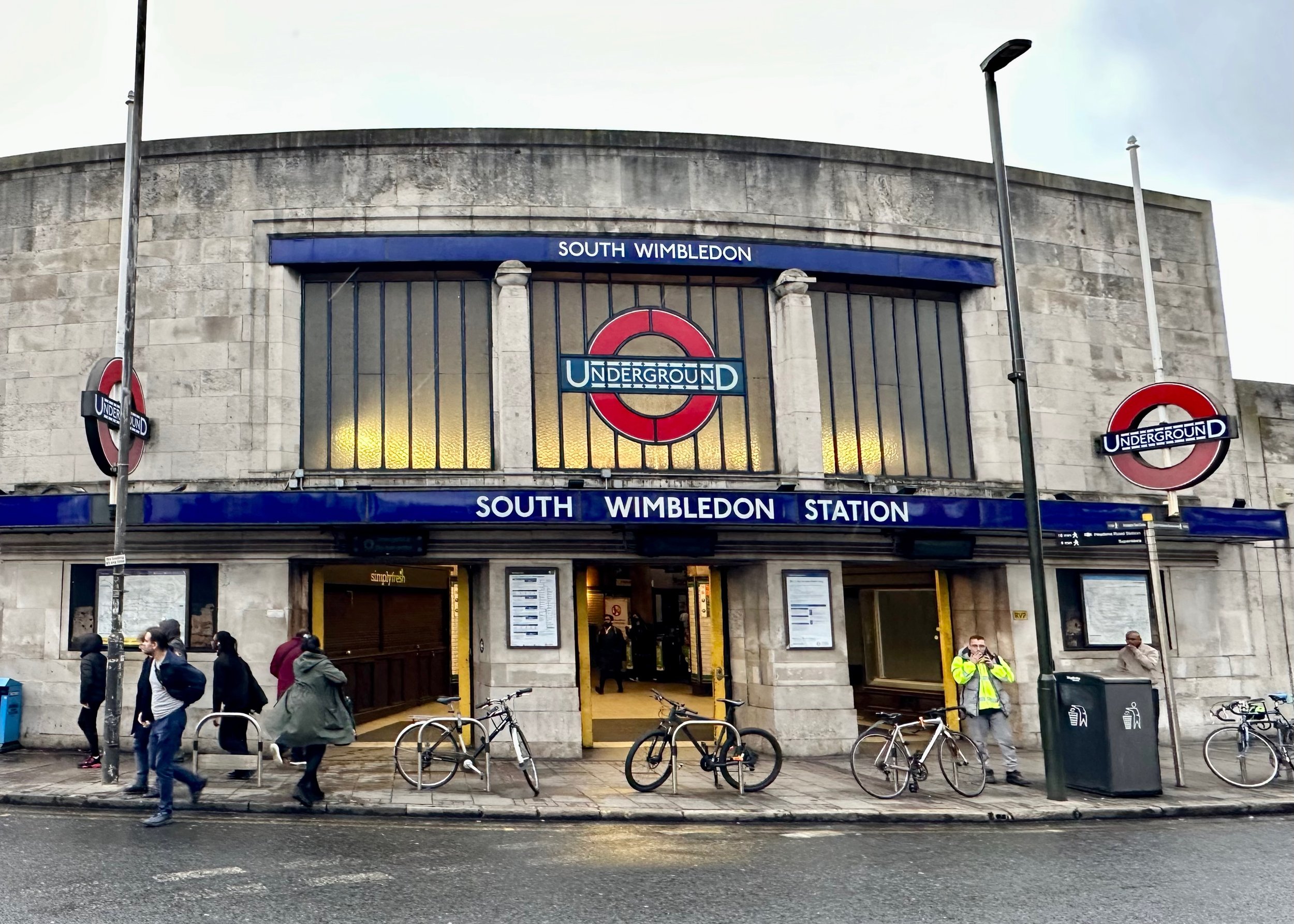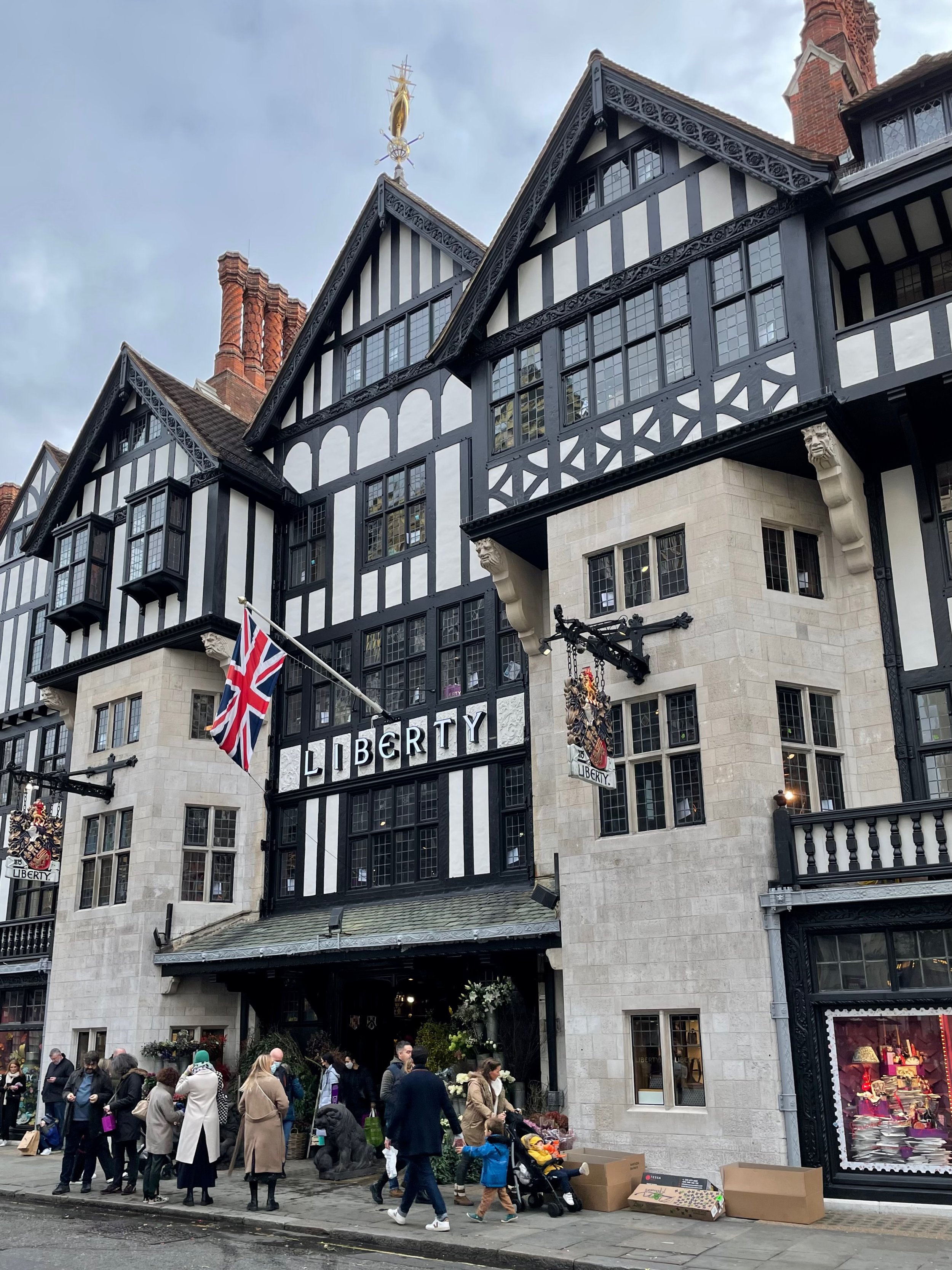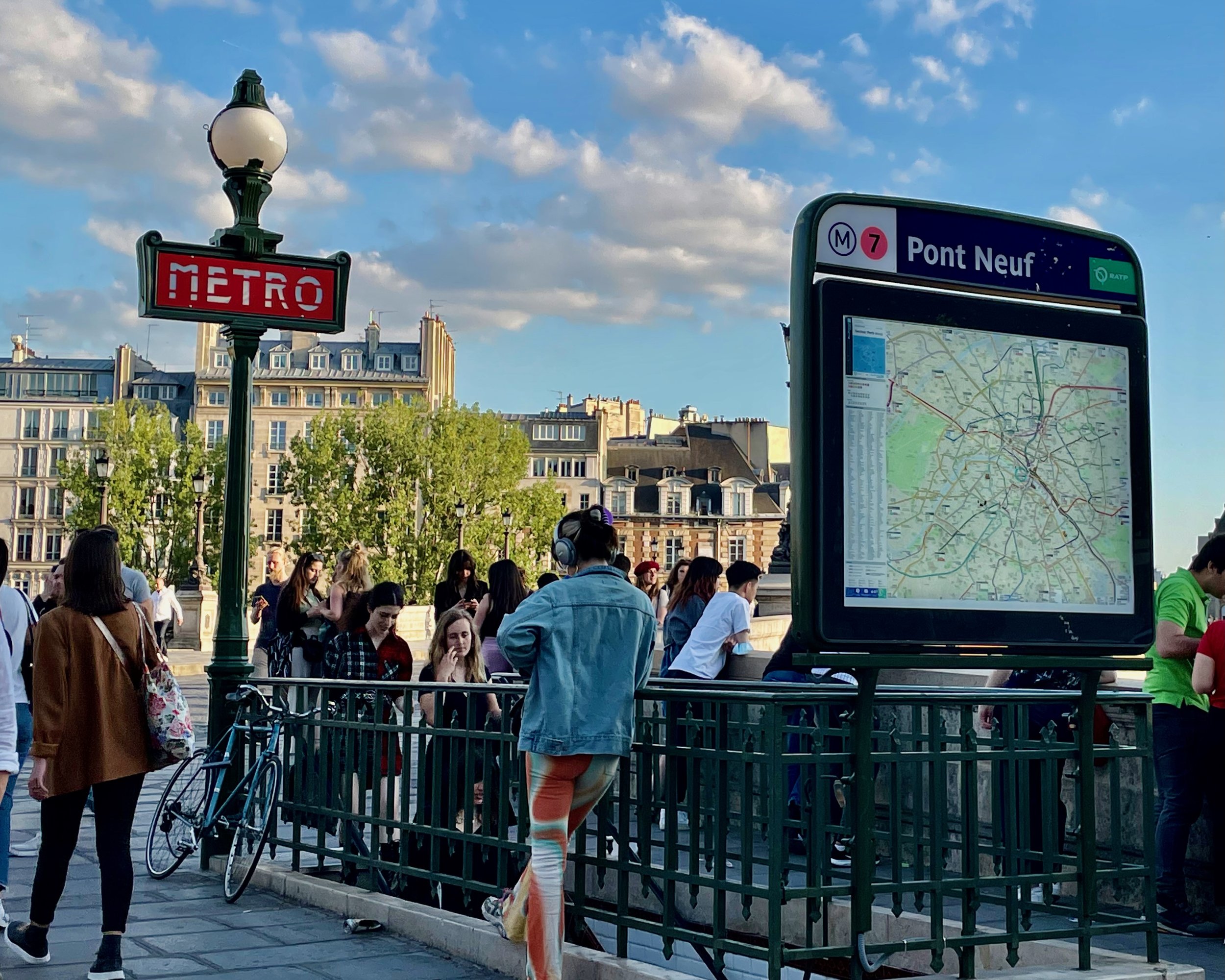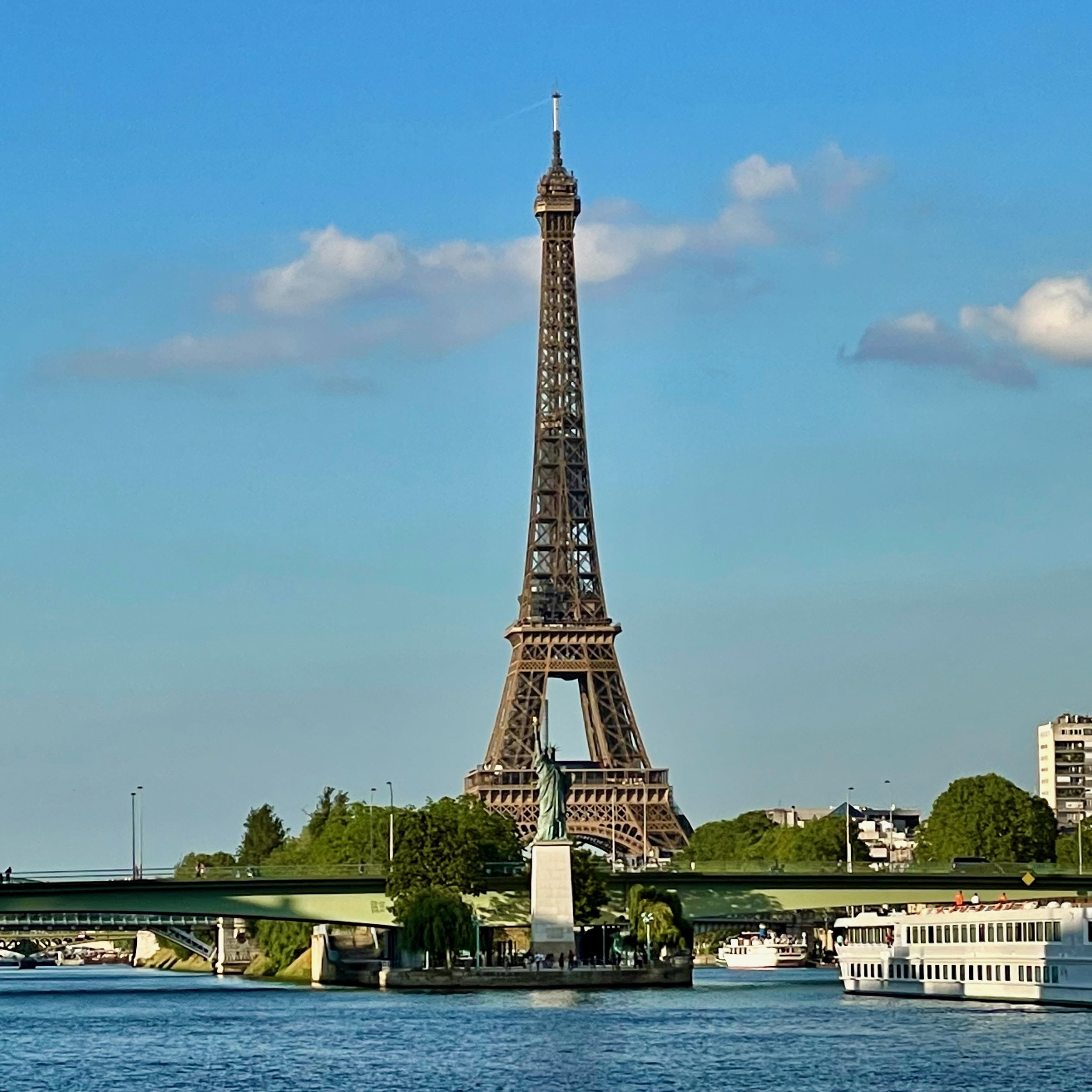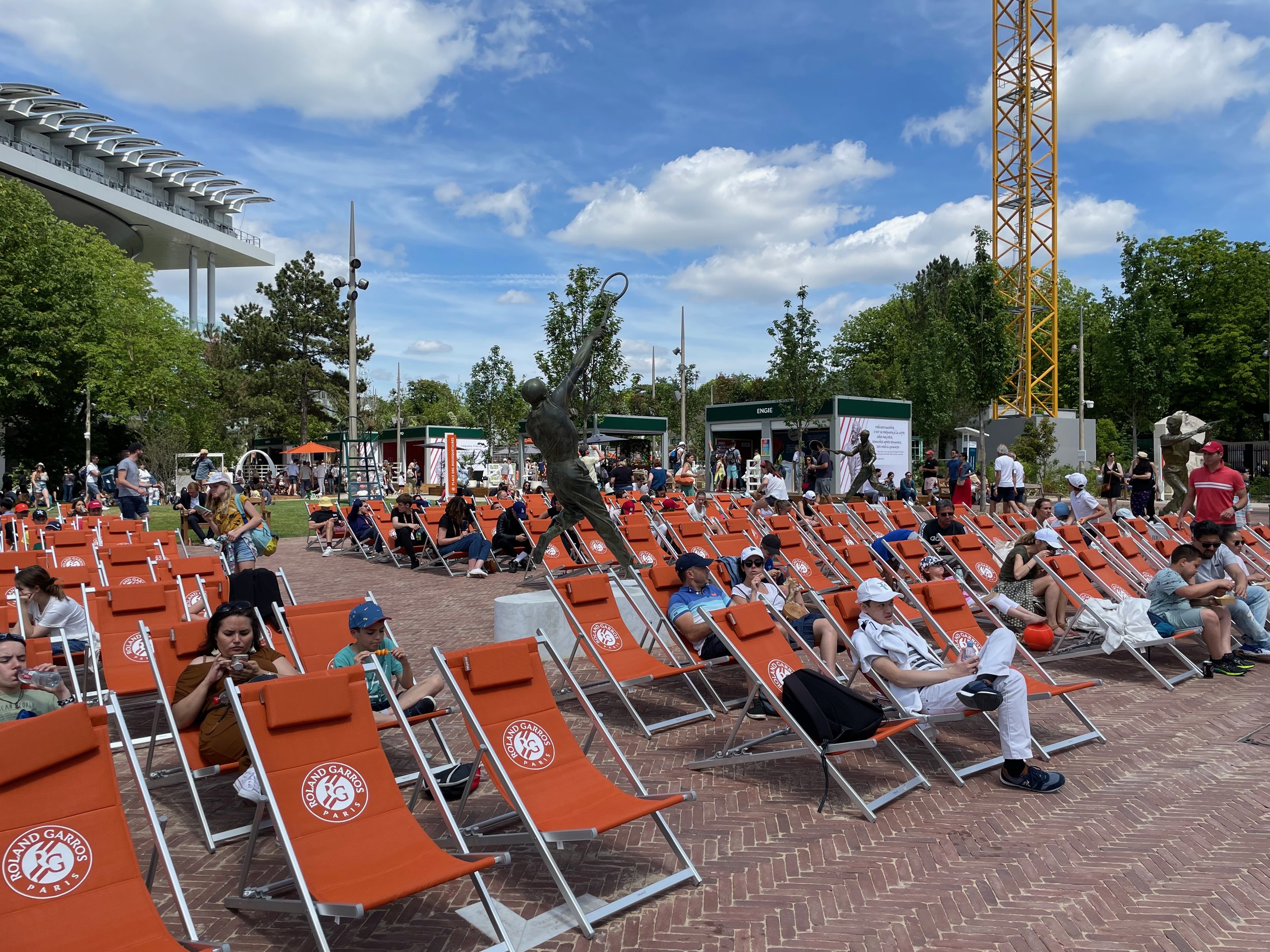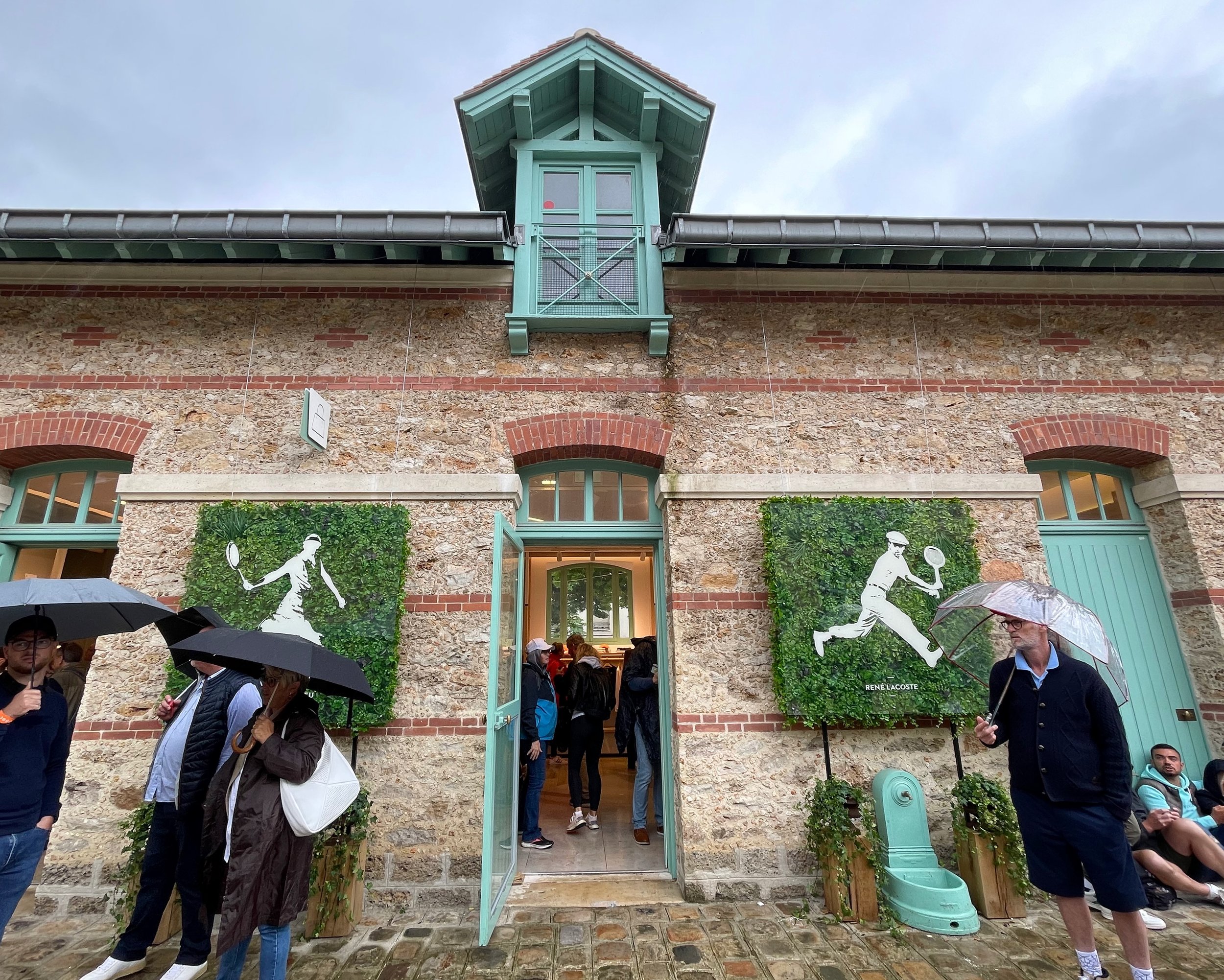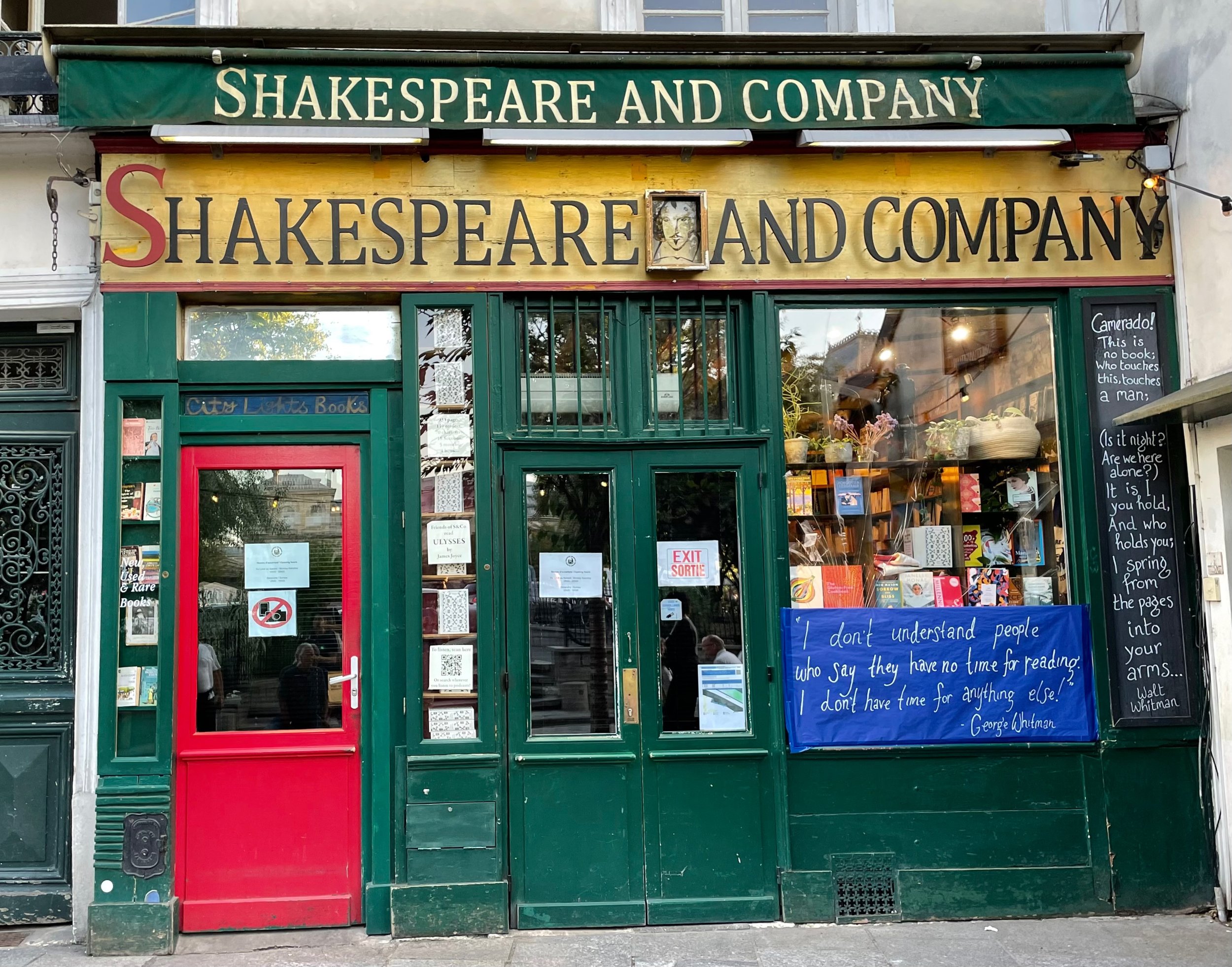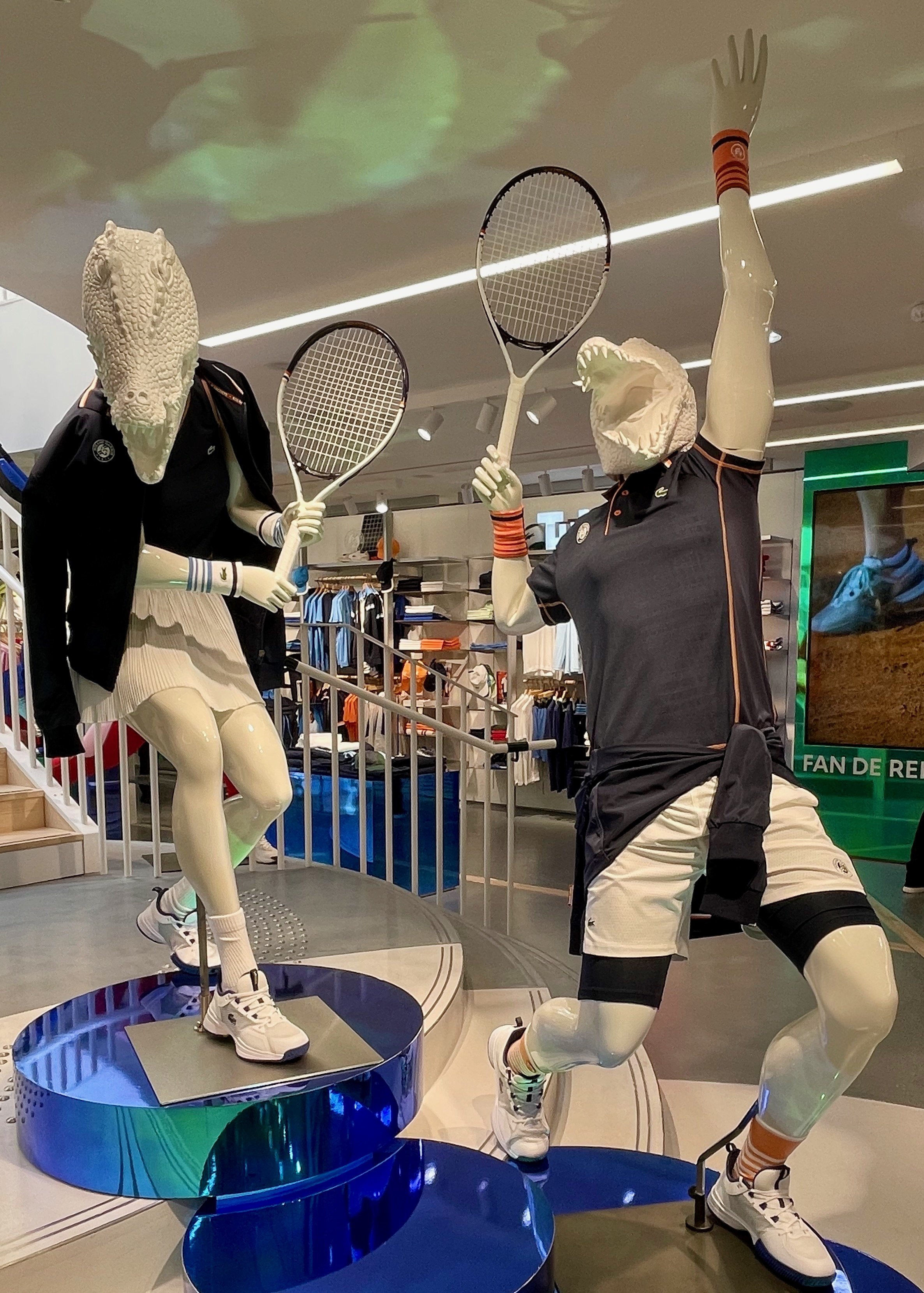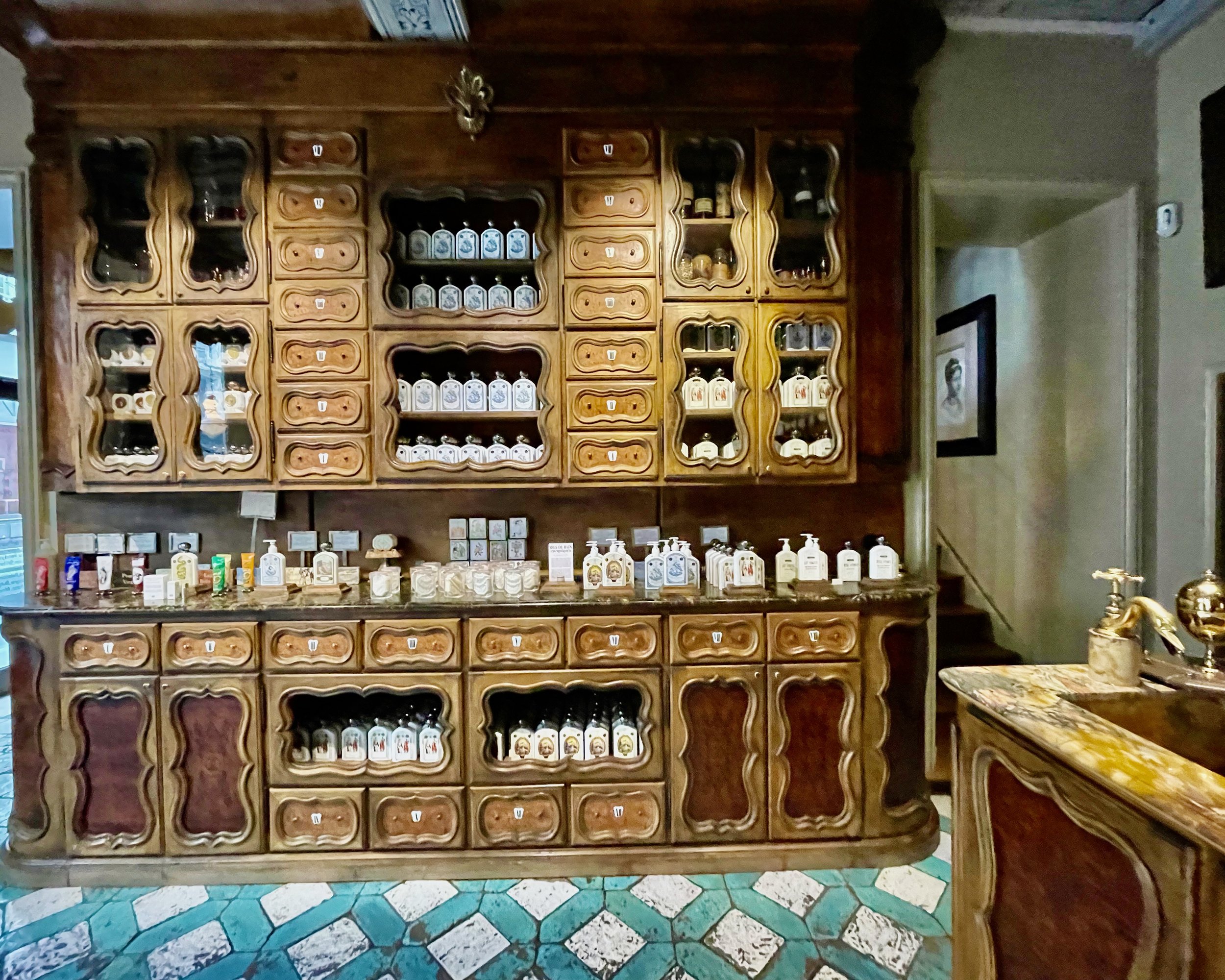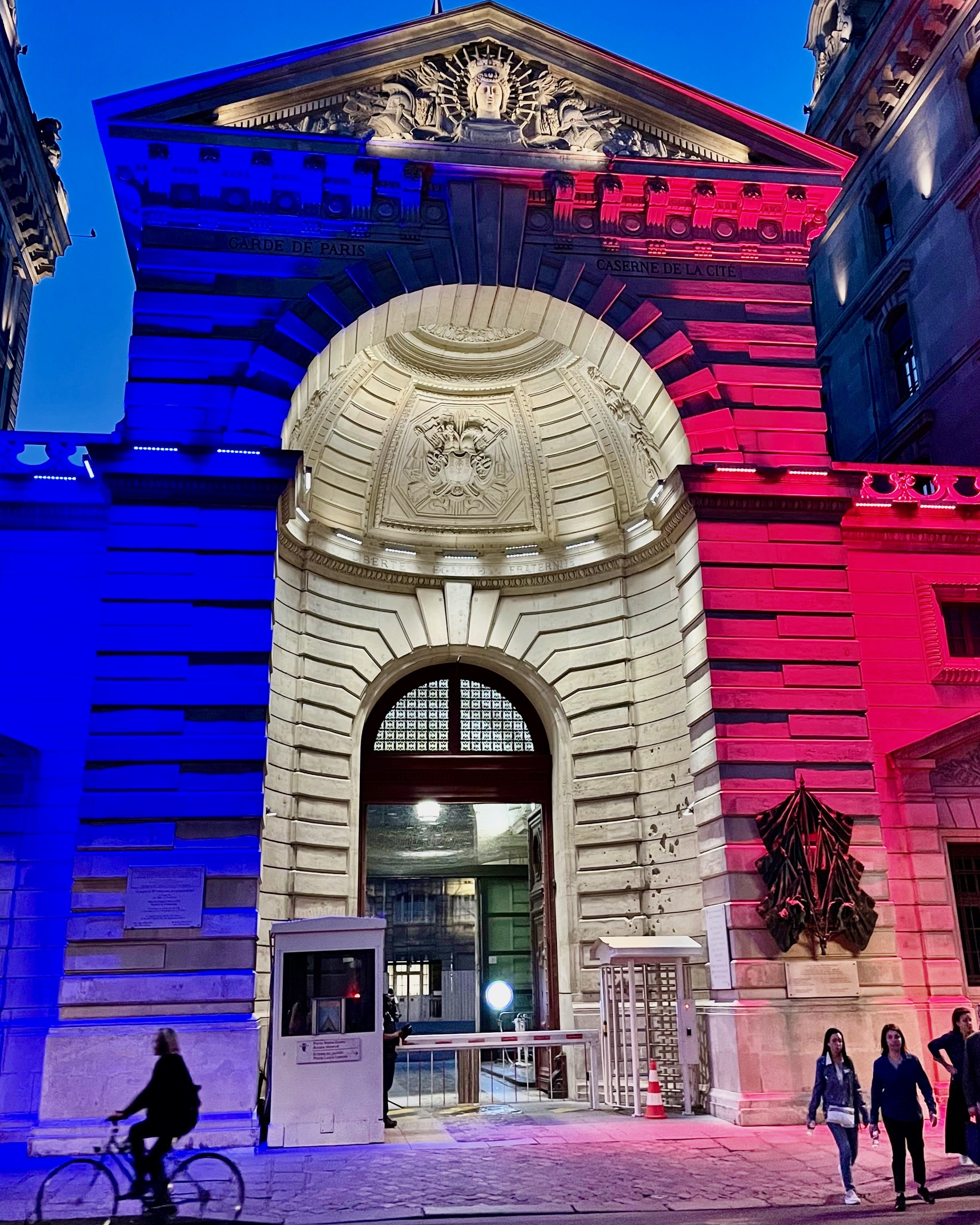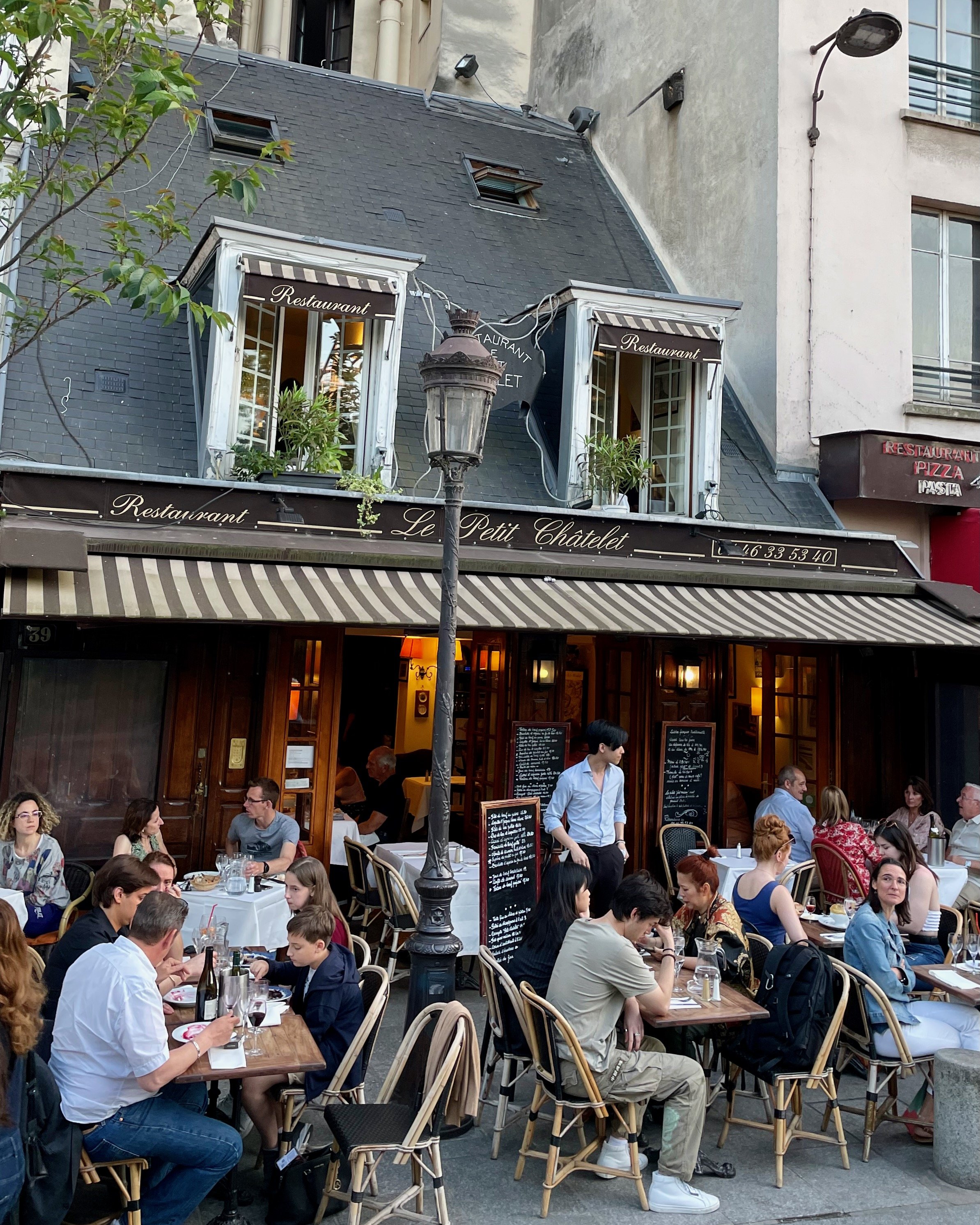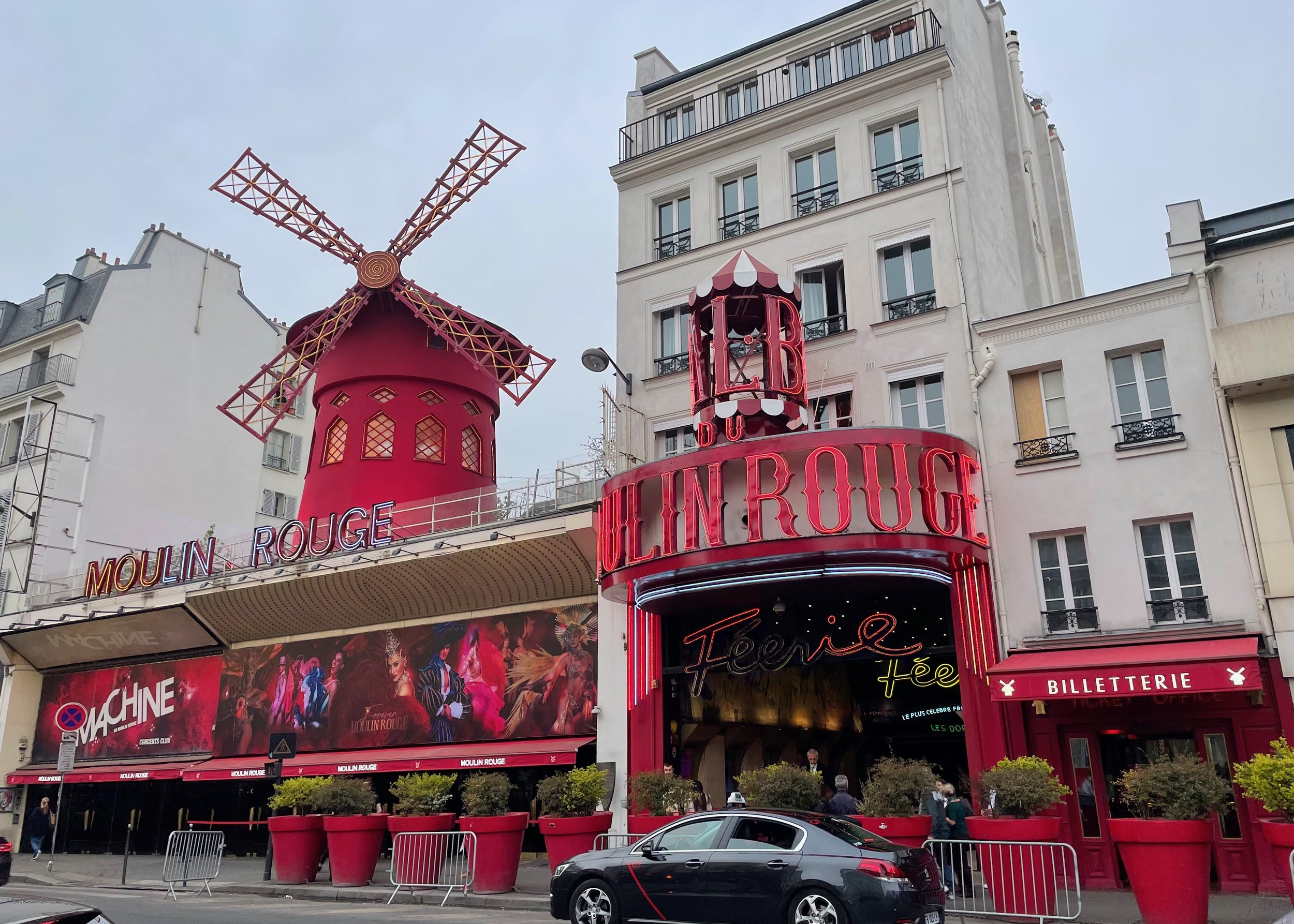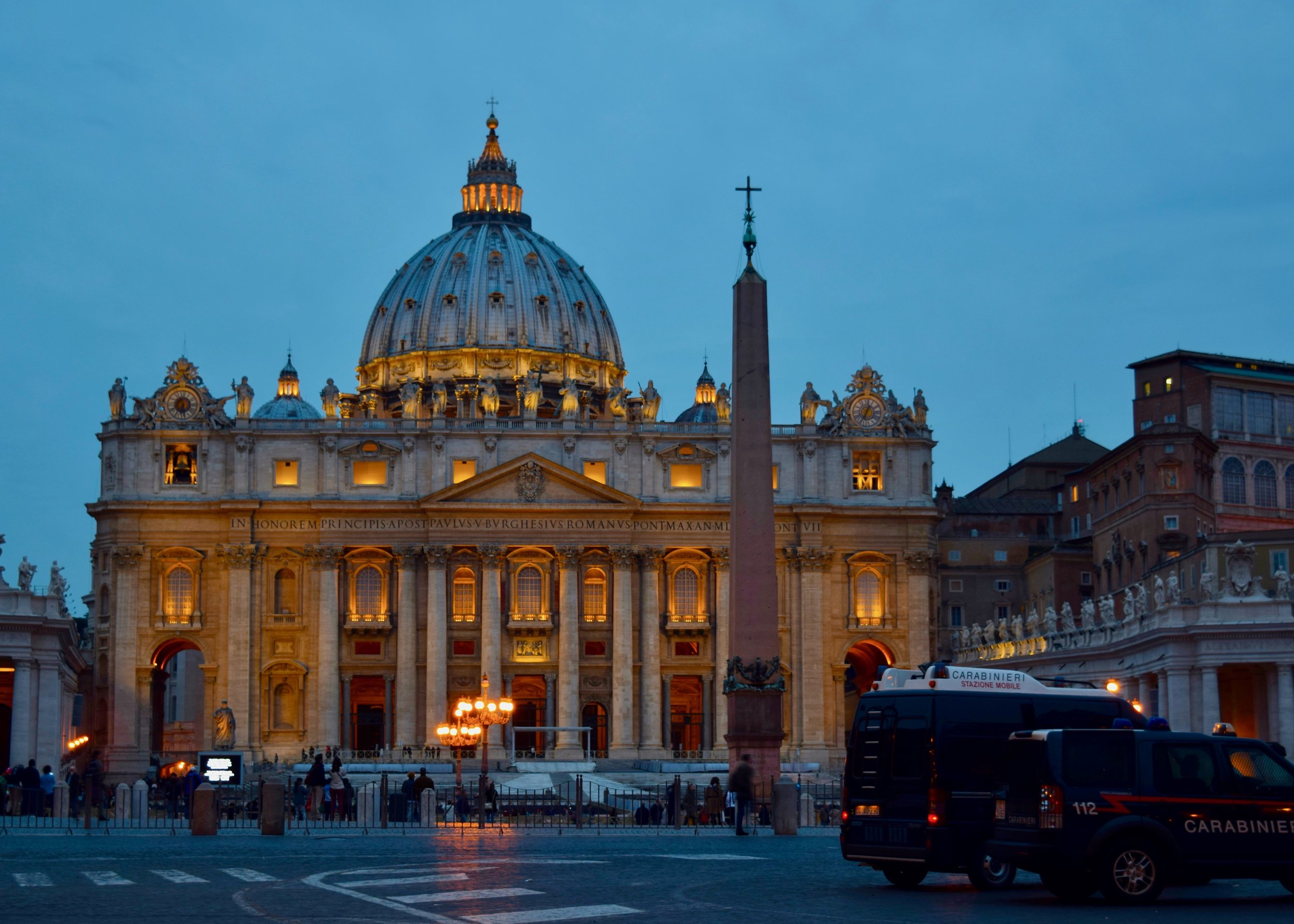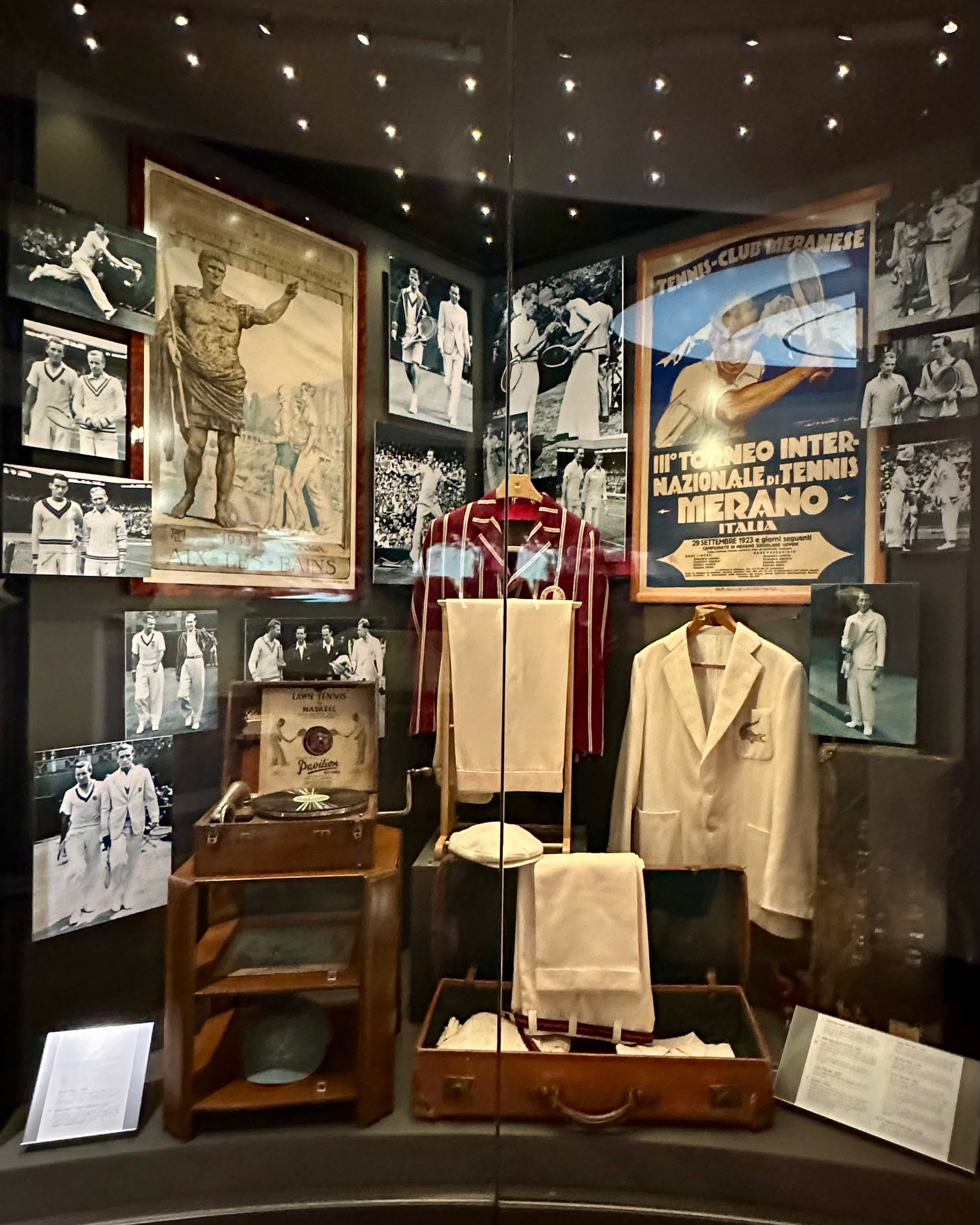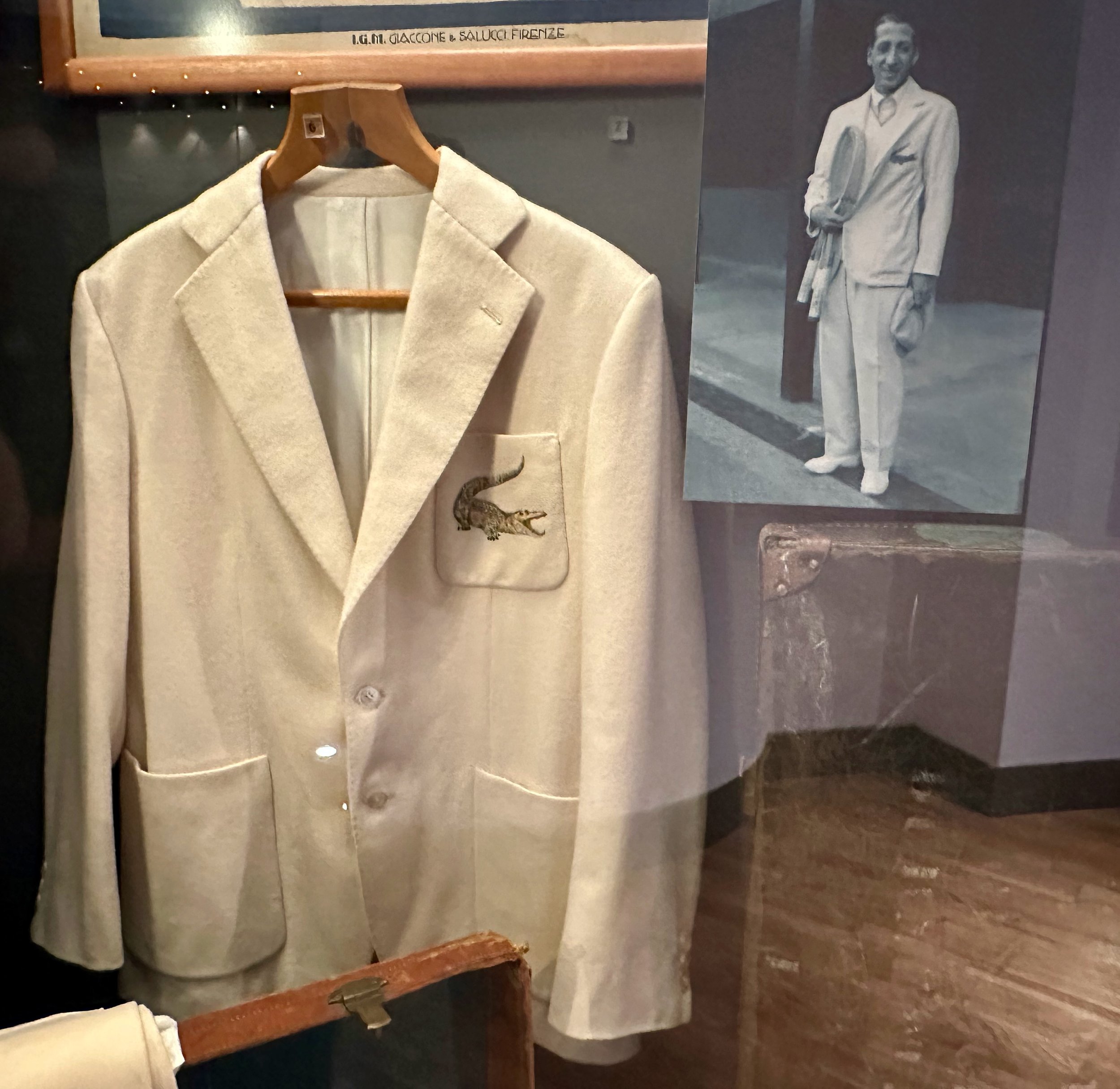Fight to the finish before ATP descends on Piedmont
What makes a tennis player a “master”? Is it age or experience? The proficiency shown with each player’s main tool, the tennis racquet? Maybe a Jedi-like finesse over an opponent?
As the ATP defines it, a “master” wins one of its nine tournaments per year worth more than 1,000 ranking points. In that case, the ATP has served many masters in 2023, not just Novak Djokovic and Carlos Alcaraz, although the surrounding hype seems as if they are neck-and-neck at every major.
Rather, after Paris finished with Djokovic looking like Obi-Wan Kenobi — the final Masters tournament of nine this year — the year-end crown at the ATP Finals in Turin could theoretically wind up in the hands of any one of eight of the Top Ten players. In reality, however, only really five could likely rise to the occasion: Djokovic (of course), Andrey Rublev (winner of the Monte Carlo Masters), Jannik Sinner (Canadian Open champion) and Medvedev, who has actually won with two Masters titles this year.
What about last year’s finalist, Caspar Ruud? “I’m still alive,” he said last week in Paris, and even moved up to No. 7, despite losing in the second round to Argentinian Francisco Cerúndolo.
A late-season surge from Hubert Hurkacz (ATP No. 11), although impressive, wasn’t quite enough to push the pole into the top ten although American Taylor Fritz (ATP No. 9) is now out for the rest of the year with an abdominal tear. This left Rudd, come-back kid Alexander Zverev, who is dealing with domestic troubles in Germany and Holger Rune, a three-place tumbler to ATP No. 10, respectively, in a dogfight for one of the last spots in Turin. Were it not for a couple of lucky breaks — Fritz’s folly and the early release of new coach Boris Becker from prison — Rune would be back in Monte Carlo, getting ready for Australia after winning only four of his last past 12 matches between Wimbledon and Paris.
“The more peace and quietness there is around a tennis player, the better they can perform and if it’s less, the more tough it is to keep the focus,” said Rune, who lost in the Paris quarter-finals to Djokovic, whom he defeated for the 2022 Masters title. “It was definitely tough for me to be the best version of myself and that’s not good for any athlete.”
Still, because the “best version” of Rune waited until the end of the season, he is left in the same position for Turin as just a year prior — alternate — with an assured spot going to his Nordic arch-nemesis, thé nice-guy to Rune’s bad-boy, Casper Ruud.
“This year has been challenging in many ways,” Ruud added. “When you have this ranking you have more expectations on yourself, you think you have chance to play the final or win the trophy every tournament you play.”
“When you lose early you’re like, ‘What’s going on? Am I worse? Are other players much better?’ It was a season to try to gain experience from competing as a top three or top five member.”
But Ruud may do better than expected in Torino after all, as Alcaraz and Medvedev exited Bercy in the second round — Alcaraz in straight sets to unknown Russian player, Roman Safiullin. Both Zverez and Sinner went out in the round of 16 — Sinner after finishing a match around 3am, a mere 14 hours before his next round. Of the current Top 10, it might prove impossible to unthrone Djokovic, and only Rublev and Tsitsipas (and alternate Rune) will realistically look spritely enough for the challenge during the press session on Piazza San Carlo later this week.
But just as with the women’s tour, which barely finished after tsunami-like rain and wind perpetuated match delays, multiple reschedules and Virgin Mary memes of a towel-wrapped Aryna Sabalenk, malcontent lingers during the final weeks on the men’s circuit. Two days after his pre-Masters presser, Ruud complained bitterly on Instagram about the late starts and long hours on court. “Bravo ATP Tour way to help one of the best players in the world recover and be as ready as possible when he finished his previous match at 2:37 am this morning,” he wrote, speaking of compatriot Sinner.
“14.5 hours to recover… what a joke.”
In addition to Sinner, who subtly remarked about the difficulty of “going on court after midnight,” in Paris and the comments about Cancun, tennis pundits are now piling on, too. Rennae Stubbs, a former professional doubles player and ESPN commentator has revived the ages-old idea that the ATP and WTA tours merge. “Finishing at almost 3am at a Masters 1000!!!! WTH ATP Tour!!! What is happening! It’s indoors!!!! How is this possible!!?????,” Stubbs wrote emphatically on X, formerly known as Twitter. “Man I think it’s time someone took over the ATP AND WTA tours! Anyone out there that thinks they could do this better??? Join tours!??”
Maybe? But perhaps, everyone is just ready for a break. The U.S. Open used to more or less effectively end the regular season. But the tours, eager to keep fans happy, as well as country associations hungry for prestige and tourism money, keep adding to the calendar. Master’s events — now known on tour as “mini-slams” — are piled on to team events, such as the BJK Cup, the Davis Cup and now the Laver Cup, for which patriotic players must also find time fwhile tallying more rankings points among the dozen or so tournaments scattered across Europe and Asia from late September to early November. They may be getting extra air miles, but is it a wonder they are withdrawing from fatigue? Moreover, many experts are now saying the sacrifice for success at season’s end doesn’t bode well for their readiness for January — when it all begins again.
“I feel that for the past few weeks, I have been very tired. After Astana (Astana Open in Kazakhstan) , there were two or three times when I wanted to work, but I couldn’t because I was too tired,” said veteran Stan Wawrinka, who, at age 38, battled back into the Top 50 this year. “It’s also been a year and a half that I’ve been pushing the machine to get back to the high level. I worked a lot to find this ranking and there is also a mental fatigue that accumulates which means that at times, I make the wrong choices.
“Now you have to know that it requires a lot of effort, more than in the past, more than you can see. These are daily sacrifices, which are compensated by the love I receive wherever I play. It remains to be seen how long I can last.”
